- Czech Republic
- Falkland Islands
- Latin America
- New Zealand
- North America
- South Georgia
- Kilimanjaro
- Adventure Travel
- Archaeology
- City Guides
- Itineraries
- Portrait Photography
- Tips and Advice
- Travel Photography
- Travel Stories
- Unhelpful Guides
- Wildlife Photography
- Work With Me

40 Safari Photography Tips For Stunning Wildlife Photos
Contents (click to view)
So you’ve booked your dream African safari , and you’re ready to go!
I imagine you’re excited for the adventures, the landscapes, the amazing food and the friendly people, but mostly for all that incredible wildlife you’re going to see – and photograph.
But you don’t want to spend all that money and go all that way, only to come back with rubbish photos! You want to make the most of the opportunities that are about to unfold in front of you, and come home with stellar safari images to post on Instagram and put up on your wall.
If that’s why you’re here – you’ve come to the right place!
Welcome to my top 40 African safari photography tips , to help you bring home wildlife photos you’ll treasure for years to come.
About my safari photography experience
Hello! In case we haven’t met, I’m Bella, and I’m an award-winning travel and wildlife photographer .
I’ve photographed wildlife on all seven continents , from penguins in Antarctica to puffins in the UK and from whales in Sri Lanka to sloths in Costa Rica .
In 2020 I won Travel Photographer of the Year at the UK Travel Media Awards (and was a finalist in 2019 and 2023 too).
My wildlife images have been shortlisted five times in the world-famous Wildlife Photographer of the Year competition. I’ve written and photographed for National Geographic Traveller, BBC Wildlife Magazine and Travel Africa among others, and I’ve led workshops and written guides to travel photography and wildlife photography .
Read more: 60+ Awesome Antarctica Photography Tips
But most importantly, I love safari photography!
I’ve worked with safari companies in Botswana and Kenya to shoot images for national publications , and I’ve also photographed safaris in South Africa, Ghana, Tanzania and Uganda (where I lived for three months).
Throughout all of that I’ve learned a few things about how to make the most of your safari photography tour, and I’d like to share some of that knowledge with you now.
I’ve tried to write this for beginners and intermediate shooters so I’ve kept it fairly simple, but hopefully there are tips and inspiration in here for more advanced photographers as well.
Let’s get started!
Wildlife photography for beginners: some troubleshooting
If you’ve come here looking for Africa safari photography advice, that probably means you’re currently a bit dissatisfied with your wildlife photography.
So first up, I want to discuss some of the reasons why you might be finding your photos disappointing, and what you can do to deal with some of those issues.
The animals are too far away
If you’re annoyed because the wildlife in your photos appears too small, you need to get closer! You can do that in one of three ways:
- Ask your driver to move closer (if it’s possible without breaking any rules or disturbing the animal).
- Wait and hope the animal comes closer to you.
- Zoom in. If you’re already fully zoomed in, then you’re gonna need to buy a bigger lens or a better camera. You could also crop the image later, but how much you can get away with depends on the resolution of your camera.
The photos are blurry
Blurred images happen for one of three reasons:
- Camera shake. Use a faster shutter speed to counteract things like bumpy roads or shaky hands.
- The animal is moving too quickly. Again, you need a faster shutter speed to freeze the animal’s motion (unless you’re going for an artistic slow shutter speed effect).
- Your image is not in focus. Modern cameras have extremely advanced autofocussing systems but if you don’t know how to use yours properly, it can and will make bad decisions. Get properly acquainted with your camera’s focussing system, and practise using it!
The images are poor quality
If you’re not happy with the resolution or quality of the images your camera produces, I’m afraid the only answer is to buy a better camera!
But this doesn’t mean you need to splurge thousands on a top-of the range new camera. You can get great deals on older camera models second hand , and many of them are excellent.
I shot this image using a Canon 5D Mark II which you can buy today second hand from Wex , MPB.com or eBay for less than £200.
The lighting is bad: the image looks too harsh, too dark, or too flat
Most safari game drives take place in the early mornings and late afternoons which is when the animals are usually most active. Happily, this tends to also be the prettiest light for photography, but sometimes it can be quite dark. So in an ideal world you should also have a camera that can cope well in low light.
If the light is dull, flat or too harsh, there are still ways round it. Try changing the position of the car so the subject is backlit, or using a high- or low-key technique to exploit strong contrast.
Learning to edit your images will also make a huge difference: shoot in RAW and then try adjusting the exposure, highlights and shadows, or convert to black and white.
Safari photography tips: before you go
1/ choosing your camera.
Your trusty camera is your window into the wild, so pick the right tool for the job! While it is possible to take great safari images with a smartphone, unfortunately you will be very limited by what your phone camera can do.
If you really want to get those beautiful closeups and soft backgrounds, you’ll need a DSLR or a mirrorless camera with interchangeable lenses – or at the very least a compact camera with a good zoom lens.
You also need to consider factors like how much weight you’re prepared to carry, weather sealing (dust and rain resistance), image stabilisation, and how well it performs in low light.
In Tanzania and Uganda’s national parks I used my much-loved Canon 5D Mark IV ; for my recent trips to Botswana and Kenya I upgraded to a Canon R5 mirrorless which has a much faster focussing system with animal eye detection which is a total game changer for safari photography.
2/ Learn your camera
That said, there’s no point in splashing out thousands on a fancy camera if you don’t know how to use it. The best camera for safari photography is always the one you know well and are comfortable using.
So if you do splurge on a new camera, don’t be caught fumbling with settings when that perfect wildlife moment arises! Make sure you learn its functions beforehand, explore the menu, and practise using it so that it feels like second nature by the time you’re out in the bush.
I took my new R5 to London Zoo and London Wetland Centre before heading to Kenya , so that I could get it set up how I like it and get any teething troubles out of the way in a controlled environment.
3/ Master your camera’s focus
Modern cameras have extremely intelligent focussing systems that take much of the trial and error out of focussing – but you do need to know how to control them or they’ll take over and get things wrong!
It’s vital you learn how your camera’s focusing system works, get it set up in a way that works for you, and practise focusing on moving subjects.
Experiment with single-point autofocus for static subjects and continuous autofocus (or servo mode) for tracking moving animals. Don’t be afraid to manually focus for a critical shot, but I normally reserve that for when the subject is still and the autofocus can’t cope – such as a lion sitting amongst tall grasses.
Many newer cameras have fantastic animal eye detection AI but it doesn’t always work and you need to know how to take over quickly if it doesn’t want to play ball.
4/ Pick the right lenses
The lens you choose will dramatically impact the types of shots you can capture.
A telephoto lens (200 mm and above) is essential for bringing distant animals closer – and I’d recommend a minimum of 400 mm.
Consider a zoom lens for versatility, but a prime lens offers superior image quality at a fixed focal length. Don’t forget a wider lens (24-70mm range) for capturing landscapes and dramatic animal encounters at close range.
Prime lenses or lenses with a wide maximum aperture (f/4 and below) give you more of that lovely shallow depth of field and perform better in low light, but big prime lenses like the Canon RF 400mm f2.8 L are very large and eye-wateringly expensive!
Check out my guide to camera gear for wildlife photography in Antarctica – you can obviously ignore the cold weather and water sections but all the camera and lens advice is pretty much the same.
5/ Take a second body
It’s a luxury, but if you do have a second camera or a spare body, I recommend you bring it.
Animal encounters can change in the blink of an eye, and you don’t want to be rushing to change lenses when the lion suddenly comes right up to you, or when you want to switch between a close up and a wide shot showing the environment.
The African bush is also very dusty, so not having to change lenses while you’re out and about will help protect your gear.
I always take two cameras – one fitted with a long lens for close ups or animals that are far away, and one fitted with a wide lens for landscapes or if an elephant is right next to the car. A backup camera is also there should some misfortune befall your main camera.
If you don’t have a spare, why not buy an older model, cheap and second hand ? You can get great deals on pre-loved gear and having a second camera will definitely add more flexibility to your African safari photography.
6/ Protect your gear
If you’re going to take all that expensive gear to Africa and expose it to the dust, wind, sand and possibly rain, you’d better protect it!
Invest in a decent padded backpack , and a rain cover for when an unexpected downpour blows in through the side of your open vehicle. Make sure you bring plenty of lens cloths and a dust blower , and give your gear a wipe at the end of every day to keep it in top condition.
And don’t forget proper insurance! Most cameras are too expensive to be covered by your travel insurance policy, so check and get separate gear insurance or cover it under your home insurance policy instead.
7/ Shoot RAW and learn to edit
While RAW files take up more space and need post-processing, they capture more data than JPEGs and offer the flexibility to edit your images to bring out their best.
If you really want to take your wildlife photography to the next level, one of my top safari photography tips is to shoot RAW and learn some editing skills, to transform your images from good to great.
8/ Dress for success
Neutral-coloured clothing blends into the environment, making you less likely to spook the animals.
Opt for natural fabrics or sweat-wicking sportswear that breathes well in hot weather, and avoid bright colors and noisy clothing that might startle wildlife.
Read more about what to pack for safari here .
9/ Beanbag, tripod or monopod?
If you’re taking a large telephoto lens, you’ll need stabilisation. It’s hard to hold a heavy camera and lens for long periods at a time!
Some safari companies provide beanbags for you to rest on the window ledge or roof, while others have adapted their cars with padded arm rests to balance your camera on. So it’s worth asking before you travel.
I usually pack an empty photography beanbag , which I can then fill with beans or rice at the local market when I arrive.
A tripod or monopod can offer even greater stability but can be impractical if you want to change your angle in a hurry, or if you don’t have much space. However, if you have a monopod (and trust it!), you can also use it to lower your camera over the side of the car for eye-catching low-angle shots.
10/ Don’t forget spare cards and batteries
Running out of power or storage on safari is a recipe for disappointment!
Pack plenty of fully-charged batteries and enough memory cards – you’ll probably shoot way more than you usually do. Consider high-capacity, fast cards for capturing bursts of action, like birds in flight or a cheetah on the hunt.
Cards are expensive, so I bring just two, and then back up my photos daily onto a portable hard drive before reusing the cards the next day.
Find out more about my travel photography workflow here .
African safari photography tips: practicalities
Getting the best out of your safari photography begins before you leave the lodge – in fact, you could say it begins before you even get on the plane!
Here are some things to think about before you head out on your safari adventure:
11/ Ask about your vehicle
Not all safari vehicles are created equal. Before you book, find out what type of car you’ll be using. Will it be open sided; will it have a pop-up or a roll-back top?
Does everyone get a window seat, or will some people have to sit in the middle? Is there tiered seating and will you be able to get down low?
Ideally, you want a car with open sides and a pop-up or open roof for unobstructed views. At all costs avoid tour buses or normal-style jeeps with windows that don’t open fully.
I prefer to book with companies that offer smaller vehicles (maximum six people per car) and a guaranteed window seat. In an ideal world, you’ll be able to have an entire row to yourself, so you have a prime spot no matter which side the animal is on.
Knowing the vehicle will also help you choose the right accessories to bring: do you need a monopod or a beanbag? Will you have space to spread your gear out or will you need to bring a more compact setup?
12/ Consider a private car
For the ultimate in control and flexibility, a private safari vehicle might be better for you if you have the budget.
Not having to worry about what other people want to do, or compete for the best angles, allows you to tailor the itinerary to your photographic goals, spread yourself around the car, and get in the perfect position every time.
Looking for African safari tours? Search TourRadar for a huge selection from 5* operators
13/ Talk to your guide
Your guide is your key to unlocking the secrets of the bush – he or she is the person who’ll hopefully help you find your dream safari animals or get the shots you’re after.
What’s more, a good guide who understands light and angles is probably the number one most important thing you can have for safari photography. So before the trip or when you first arrive, I always tell the company I’m a photographer and ask to be assigned their best photography guide.
I noticed a huge difference in both Kenya and Botswana between the shots I got with a guide who really ‘got’ photography, and the ones who didn’t.
Chat to them before you head out on your first game drive. Let them know the wildlife you’re hoping to see and the shots you’d like to get, and they will do their best to help you.
When you’re out and about, don’t be afraid to ask if you want something. The guide won’t know what shot you have in mind, so if you want to stop, move on, nudge the car forward or back a little, get a little closer, or find a different angle, just ask. It might not always be possible or allowed, but they will do their best to help you if they can.
Remember though, that guides, while brilliant, are not miracle workers. If you’re desperate to see a leopard, they will use all their skills to help find one, but unfortunately the animals don’t perform on demand and sightings are never guaranteed.
14/ Don’t just talk, listen!
As well as communicating your needs effectively, it’s important to listen. Guides are a goldmine of information when it comes to animals – not only in general, but they will also know the habits of specific animals in their patch. Your guide will be able to tell you where and when you’ll have the best chance of seeing a certain species or where certain individuals like to hang out.
Once you’ve found the animal, the guides are experts at recognising behaviour cues and will be able to tell you if the lion is about to stretch or the hippo is about to yawn, so you can capture the money shot.
In Kenya, our guide Saruni anticipated that this lion would be thirsty after eating and would walk to this puddle to drink, so he positioned the car in the perfect spot and then all we had to do was wait for the lion to come to us.
15/ Get up early and stay out late
Lighting is crucial in photography. Early mornings and late afternoons offer the soft, golden light that creates stunning wildlife portraits, while midday sun can be harsh, creating strong contrast and deep shadows.
Typically, most safari itineraries include morning and afternoon game drives, as that is when the animals are most active. Make sure you’re ready to go – if you hit snooze or dawdle over breakfast, you’ll may miss the best moments.
Likewise, at the end of the day many safari companies offer ‘sundowner’ drinks and snacks – which is exactly when you want to be photographing. So I always let my guide know that I’d prefer to skip cocktail hour and keep shooting instead (which is much easier to do if you’re not sharing the car with non-photographers who don’t take kindly to this!).
Safari photography tips: framing and composition
16/ think about your composition.
Now you’ve sorted the practicalities, it’s time to think about the images you’re going to take. Don’t just snap what’s in front of you – instead, think about what you want to include or leave out, and where you want the main focal point to be.
You’re probably already familiar with the Rule of Thirds, where you imagine dividing the frame into thirds and then place your subject off-centre on one of those ‘third lines’ to create a more pleasing composition. Give it a go!
I explain more about the Rule of Thirds, as well as giving loads more general wildlife photography tips, in my Easy wildlife photography tips for beginners post.
17/ What’s in shot? Keep it simple.
Be mindful of what fills your frame. Where possible, try to avoid clutter and distracting elements like branches or leaves that obstruct your subject. If necessary, change position in the car or ask the driver to move back or forward a little to get a better angle.
Avoid photos with too many elements competing for attention. Where there are many animals together, try to isolate one to three individuals, or wait for the group to space out a little to create a clean composition.
There were many zebras at this waterhole at Leroo La Tau in Botswana but I focussed on just these three to create a simple composition
18/ What’s in the background?
A messy background can detract from your subject. Whether that’s tangled trees or random other animals, try to aim for clean backdrops that don’t distract.
If necessary, ask your driver to move the car, or wait for the animal to move into a better position.
19/ Focus on the eye
In wildlife photography, it’s generally accepted that you should always focus on the main animal’s eye. We want the viewer to connect with the subject, and we are naturally drawn to eyes, so if the eye isn’t in focus the viewer’s connection to the image may be lost.
There are exceptions of course, such as if the eye isn’t visible in the shot, or you’ve deliberately chosen something else to focus on, but as a general rule of thumb, you should always get at least one eye sharp.
20/ Wait for eye contact
Connected with this, notice how when the animal’s gaze is locked on you, it creates an extra dramatic connection.
Some safari animals are curious and will look right at you, so keep your camera poised and ready to click the shutter at that crucial moment when your subject looks right at your lens.
21/ Get low
Sitting in a car, with the animal on the ground, most of the time you’ll be looking down on your subject and the background will be the grass around it.
It’s not easy to do because most of the time it’s not safe to get out of the car, but if you can get down to the same level or lower than your subject so it’s framed against the sky instead, it makes for much more dramatic images.
You obviously can’t do this when there are predators around, but if you ask your guide, it may be possible if the animal is a herbivore, it’s far enough away and you stay close to the car. I shot these rhinos by staying safely behind the car, and lying on the ground so I could shoot underneath it.
22/ Shoot landscapes
Another top safari photography tip to remember is that going on safari isn’t just about the animals.
Don’t forget to capture the vastness and beauty of the African landscape, from the wide savanna grasslands, to lonely trees silhouetted against the sunset, to dramatic mountains on the horizon or reflections in lakes and wetlands.
23/ Include the environment for context
Show how your animal subject interacts with its environment. Did you spot a lioness stalking through tall grass or a solitary giraffe eating acacia? Close ups can be dramatic and beautiful but including context can tell a different story.
In Tsavo West, Kenya , I was amazed by the magnificent elephants which are often stained red or orange thanks to the landscape’s red dust. In this image I wanted to show how the elephants’ vivid colour stands out in the dry landscape and is mirrored by the orange dust bath just behind them.
24/ Shoot silhouettes
Sunrise and sunset are the most magical times for safari photography. And if you get dramatic colours in the sky, you can shoot sensational silhouettes.
Find a recognisable animal – giraffes and elephants are great for this – and then get down low (positioning your car a little downhill is ideal) so the animal’s shape is against the sky and you can see its legs.
Time the shot so all the legs and the tail are visible, and underexpose by a stop or two to bring out the sky and turn the animal into a dark silhouette.
25/ Use the beauty of backlighting
It’s tempting to always have the sun fully illuminating your subject from the front, but moving round to the other side so the animal is backlit often gives much more attractive results.
Low backlighting at the beginning and end of the day also illuminates grasses and creates a beautiful rim of light around your animal, highlighting the texture of its fur.
26/ Look up and around
Don’t forget to look skyward! Capture African birds soaring overhead, or giraffes munching on leaves from tall trees.
And don’t forget to look behind you too. While everyone is clicking away at resting lions, there might be some hyenas or a band of mongooses on the other side of the car.
27/ Include soft foreground elements
Frame your shot with interesting foreground elements like wildflowers, tall grasses, or branches, using a wide aperture and shallow depth of field to make them soft focus. This creates depth in your image and draws the viewer’s eye towards your subject.
This spoonbill standing by a lake was a pretty boring shot, until I moved behind the bush to create a natural frame around the bird.
28/ Include cars and people
As well as taking shots of the animals you see, don’t forget to include people too.
Sometimes lions, elephants and other wildlife comes extremely close to the vehicles, and you can’t get a clean shot. Embrace this and make a point of it! Shots of animals and people’s reaction to them being so close can give you dramatic images and great memories of your safari photography trip.
29/ Try high key and low key
Playing with your exposure and going for a minimalistic look can add a new dimension to your safari photos.
High key photography, emphasising bright whites and light colours, creates a clean feel, and can work well on overcast days when the sky is white. A great way to start practising with this is to find an animal against a white sky, and overexpose by a stop or two to blow out the sky and give an airy feel to the image.
Conversely, low key photography emphasises darker tones and deeper shadows, ideal for dramatic portraits. This works best if you have an animal lit by the sun against a darker background such as trees or rocks. Underexpose by 1-2 stops for that moody look.
I mainly shoot aperture priority, so the exposure compensation wheel is your friend here if you want to start experimenting.
30/ Use black and white to convey drama or texture
I love bright colours, but sometimes, stripping the colour away can be incredibly powerful.
Black and white photography can allow the textures and shapes of your subject to shine – and works especially well with patterned animals like zebras, leopards or giraffes.
Converting your image to black and white is also great for giving a boost to flat images shot on cloudy days or in disappointing light.
31/ Don’t ignore the little guys
While everyone wants jaw-dropping shots of lions and cheetahs, don’t ignore the less celebrity animals.
Some antelopes have wonderful character and colours, and if you look at your feet you may spot a colourful lizard or a fascinating dung beetle. So keep your eyes open!
32/ Look for natural framing
Trees, leaves, or even the bodies of other animals can create great natural frames which add interest to your composition.
In the image of silver-backed jackal pups below, I deliberately cropped the shot so the body of the standing puppy makes a natural frame around its siblings
33/ Try an unusual crop
You don’t always need to include the whole of the animal. If your zoom allows, why not crop in to draw the attention to details or a single individual amongst a herd.
I’ve cropped this image so you only see the eye and mouth of the mother crocodile, but it draws attention to the two babies sitting on her head.
34/ Be creative
Try to think outside the box with your images. What can you shoot that tells a story in an creative way but isn’t a basic portrait of an animal?
Perhaps a lone elephant casts a long shadow as the sun dips below the horizon. Or look for reflections in watering holes – the mirrored image can add an artistic touch.
Buy my safari prints
Did you know that all my images are available to buy as prints to hang on your wall? And if you head to my Print Store and something you like is not there, you can simply message me via the contact form or on social media and I can add it for you.
Safari photography tips: some tricks and techniques
35/ aperture or shutter priority, or manual.
Some photographers like to make you think that if you’re not always shooting full manual, you’re just an amateur. Well I’m here to tell you that’s rubbish, so don’t worry.
Yes, you do need to get away from full auto, because although auto can be helpful and gets some things right, it often gets things wrong too.
But the ‘semi-auto’ modes, where you tell the camera your priorities and it calculates the rest, are ideal for wildlife photography. Things happen quickly and unexpectedly on safari, and there simply isn’t time for you to be fiddling with all the settings.
Looking for Africa photography safaris? Photo safaris “> Photo safaris ” data-eafl-id=”16951″ data-eafl-text=”Check out SafariBookings to search for your dream trip.” class=”eafl-link”>Check out SafariBookings to search for your dream trip.
I pretty much always use Aperture Priority (AV) mode with my aperture fully wide open for lovely soft depth of field, while keeping an eye on my shutter speed to make sure it’s not too slow for fast-moving animals.
I keep my ISO on manual as well, to avoid the camera pushing it right up and giving me noisy images.
You could also use Shutter Priority (TV) mode to make sure your shutter is fast enough to freeze the action, but then you don’t have any control over the depth of field you want.
36/ Auto focus or manual focus?
Manual focus can definitely be useful at times, but in general I always use auto focus. Cameras have extremely complex and clever auto focussing systems, so why wouldn’t you use it!
You do need to understand your focussing system and know how to control it, otherwise the camera may choose to focus on the wrong thing. I use a single spot which I either point at the subject and then reframe to take the shot, or I move the spot around the frame. For fast-moving animals, the animal eye detection AI is really very good, but not always perfect.
For more on how I set up my camera for wildlife photography, check out Using The Canon R5 For Wildlife Photography: A Full Review .
37/ Use burst mode to freeze action
The animal kingdom is unpredictable, and perfect photo opportunities can happen in a flash.
Today’s DSLRs and mirrorless cameras – and even smartphones – can now shoot many frames per second, allowing you to capture a rapid sequence of images and increasing your chances of getting that razor-sharp shot of a lion leaping or a gazelle mid-air.
Later, you can sort through the burst and select the image with the perfect composition and action frozen in time.
I used a high-speed burst to take a sequence of images of this leopard snapping a flies so that I could pick the facial expression I liked best (on the right).
38/ Or experiment with slower shutter speeds
Safari photography is all about capturing movement and it can be tempting to go for the fastest shutter speeds possible to freeze the action.
Why not try using a slower shutter speed and either panning or zooming at the same time, to create a sense of motion and a very different look?
I used a slow shutter speed of 0.3 seconds and turned the zoom as I took the photo to create this impressionistic images of a lion in Botswana.
39/ Be patient
Animals move on their own schedule, and if you get bored too quickly, you may miss that dream moment. In fact, some of my best shots have happened after all the other cars have got bored and left, while we waited and were rewarded for our patience.
So embrace the waiting game! Enjoy the scenery, listen to the sounds of the savannah, but always be ready to shoot quickly when that leopard finally comes down from the tree or the sleeping lion gets up and goes on the hunt.
Click here to start planning your dream photo safari adventure!
40/ Be a team player
Sharing a vehicle means compromising sometimes. If another guest has a dream shot, or there’s only one good angle on the animal, be flexible and allow them some space, and they should do the same for you.
The same goes for your car as a whole. Don’t be that guy who parks in front or hogs the best spot for hours. You may not get every shot, but life is better when people are considerate of others too – and it’s better for the animals if they’re not being harassed by jostling cars.
Communication and courtesy go a long way in ensuring everyone gets a chance to capture unforgettable moments and has a great time in the process.
And that’s it! I hope you enjoyed all these tips for safari photography.
My favourite travel tools and brands
To help you organise your trip, here’s a short list of some of the brands and tools I use over and over again when I’m planning my travels. You can see more on my Travel Resources page.
- Booking.com : A huge range of hotels to choose from, often with free cancellation. If you book hotels regularly you can earn discounts. I’m on Genius Level 3 which gets me 20% off!
- Expedia : Another great place to find hotels and Expedia also sell flights , car hire, and loads more all in one place.
- Skyscanner : The only place I ever go to search for flights and compare prices.
- Flight Centre : Booking a more complicated route? Let Flight Centre organise it for you (and deal with the drama when something goes wrong).
- Priority Pass: I love having access to 1,400+ airport lounges when I fly, allowing me to enjoy my time at the airport. With my link you get 30% off a standard membership or 20% off standard plus.
- Airalo: Say goodbye to ridiculous mobile roaming charges. Did you know you can now buy an e-SIM , install it in your phone before you leave home, and then use data abroad at local prices? Game changer.
- TourRadar: If you prefer group travel and organised tours, TourRadar has a huge range of fantastic tours from respected operators. They’re very helpful and have 4.5 stars on TrustPilot.
- Viator: Part of the TripAdvisor brand, Viator is another great place to search for group adventures and day trips.
- GetYourGuide: A great place to find local tours and day trips in your destination.
- Wex Photo Video: The UK’s best camera gear store. Quote my name – Bella Falk – to get £20 off your first purchase.
- Ellis Brigham: Looking for good quality backpacks, travel clothes and other gear? Ellis Brigham is where I buy almost all of mine.
- Rentalcars.com: Part of the Booking.com family and the world’s largest online car rental service, with 24/7 customer service.
- World Nomads Travel Insurance: I never ever travel without travel insurance and nor should you!
Where to next?
If you liked this safari photography tips post, why not try some of my other safari posts?
- A Kenya Safari Holiday: How To Plan The Perfect Trip For You
- Which Is The Best Botswana Safari Lodge? My Favourites With Photos
Kenya Vs Tanzania: Travel Experts Decide
- 28 Brilliant Things To Do In Uganda
- 46 Amazing African Safari Animals – A Photo Guide
- What To Wear On Safari: My Detailed Safari Packing List With Photos
- My Camera Equipment List: What’s In My Gear Bag?
- Is Cardamom House In Vipingo The Best Beach Hotel In Kenya?
Liked this safari photography tips post?
Social shares help support my hard work! You can share via the buttons at the bottom, or pin this handy Pinterest Pin. Thank you!
Bella is a multi-award-winning travel writer, wildlife photographer and science and history documentary director from London. Among many awards and nominations she won Blogger of the Year at the British Guild of Travel Writers’ Awards 2023 and Best Photography at the Travel Media Awards 2020. Her work has been published by National Geographic, Wanderlust, and BBC Travel among others. Her films have been shown around the world including on the BBC, Discovery and PBS.
Further Reading...
Ceske Budejovice, Czech Republic: What To See, Eat, Do
Top 50 African Birds: A Safari Photo Guide
Cyprus in spring: 10 reasons why it's the best time to visit.
Some of the links on this site are affiliate links. This means that if you click through and make a purchase, I will earn a small commission at no additional cost to you. Passport & Pixels is a participant in the Amazon Services LLC Associates Program. As an Amazon Associate I earn from qualifying purchases.
Discover Your Next Favorite Photo Tour
Your Photography Adventure Starts Here! Listed Below Are Great Photo Trips Happening Soon.
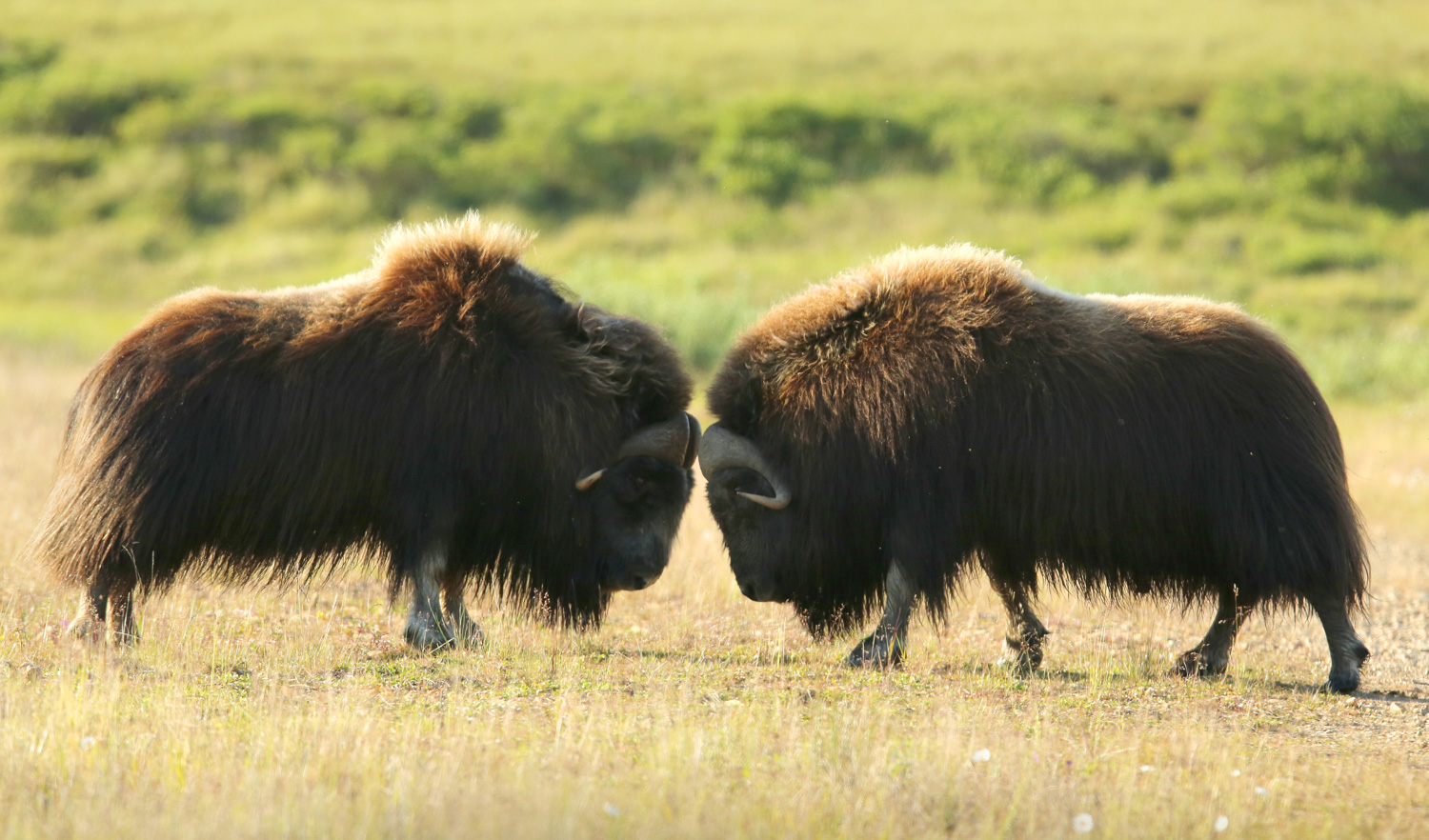
One Space Available!
Arctic Birds and Musk Oxen of Nome, Alaska
Photograph the summer arrival of shorebirds, waterfowl and northern songbirds in Alaska’s arctic. Create images of grazing musk oxen, caribou, moose and red foxes on barren tundra hillsides and verdant valleys—all under the summer’s long hours of daylight.
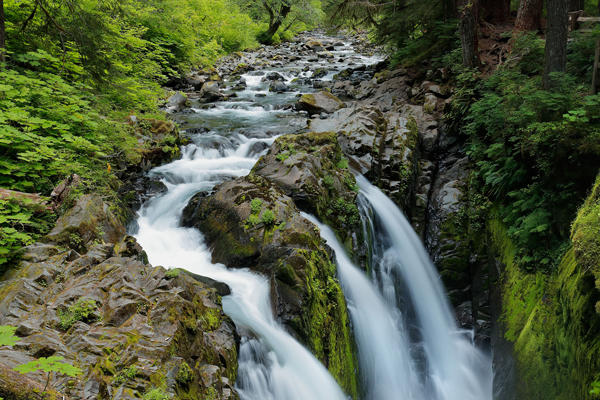
Two Spaces Available!
Olympic National Park, Washington
Alpine scenery with wildflower meadows and dramatic vistas, plus a rugged coastline, sea stacks, waterfalls and verdant moss-draped rain forest set the stage for a quintessential Pacific Northwest photographic adventure.
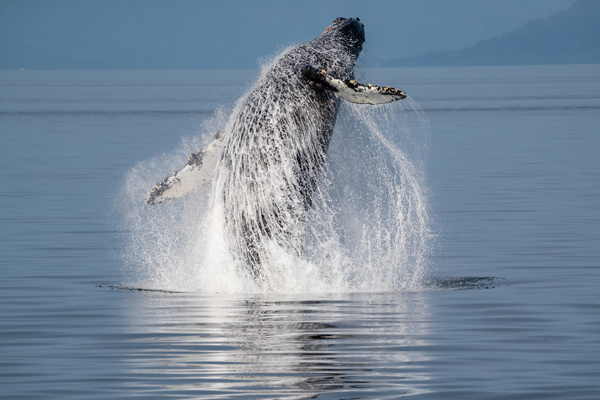
Whales, Wildlife and Wilderness—Alaska
Experience the breathtaking excitement of humpback whale photography in the pristine waters of Alaska’s Inside Passage during the prime summer season. Whales breach, tail-slap, and bubble-net and lunge feed amidst snowcapped mountain backdrops on this luxurious photo cruise.
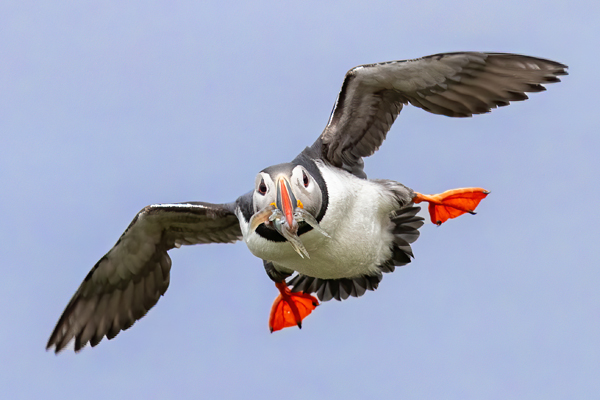
One Male Share Available!
Puffins on the Fly, Iceland
Iceland is home to more than half the world’s population of Atlantic puffins—as well as fantastic numbers of other seabirds that nest on its towering cliffs. We photograph at scenic Grimsey Island, one of the country's most amazing puffin colonies, for 5 shooting days.
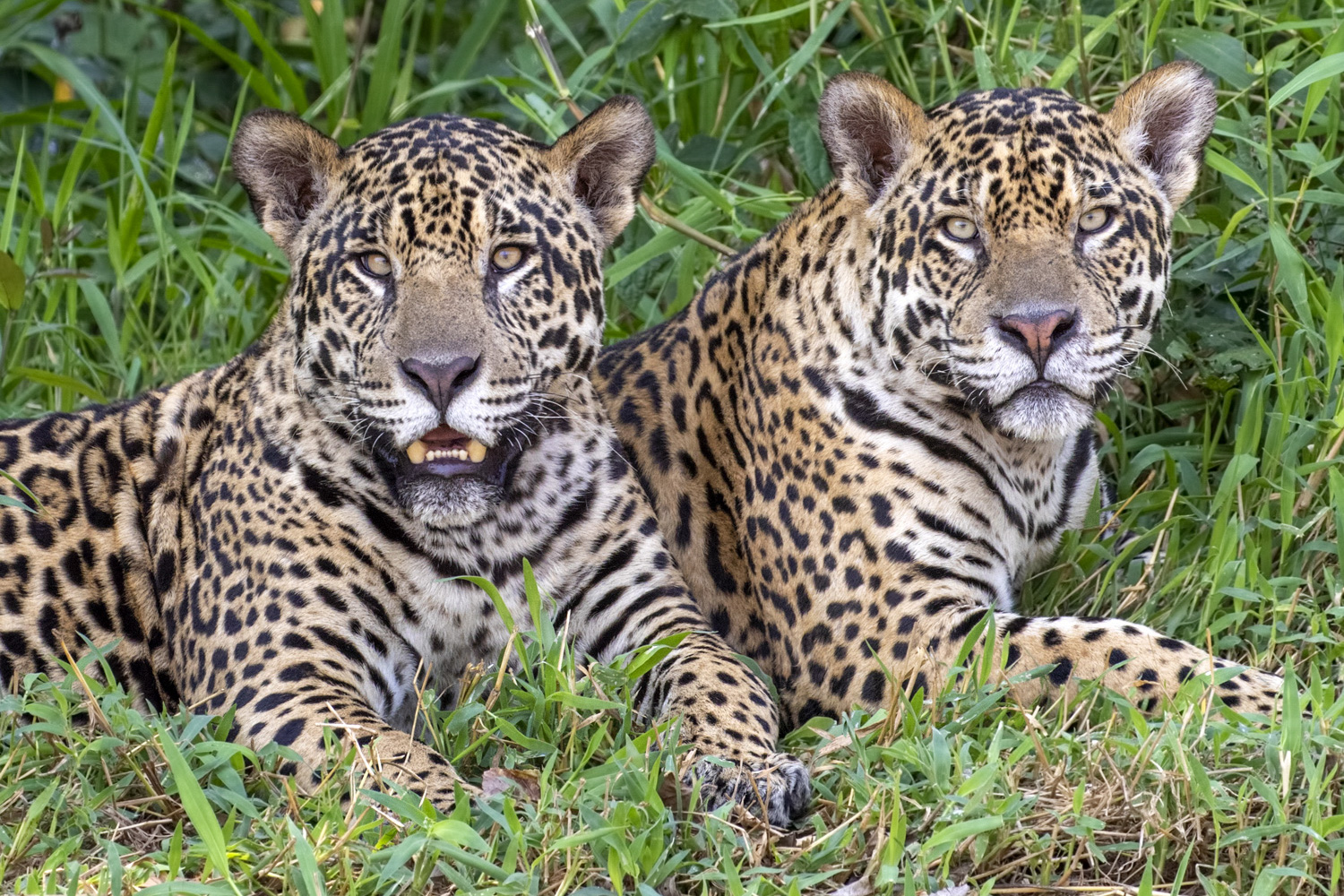
Jaguars & Wildlife of Brazil's Pantanal
The world's premier wetland with photo access to stunning birds and mammals, with a focus on jaguars. Five full days are dedicated to jaguar photography from small boats—3 photographers per boat. Travel with a local photo guide who intimately knows the wildlife and natural history of the Pantanal.
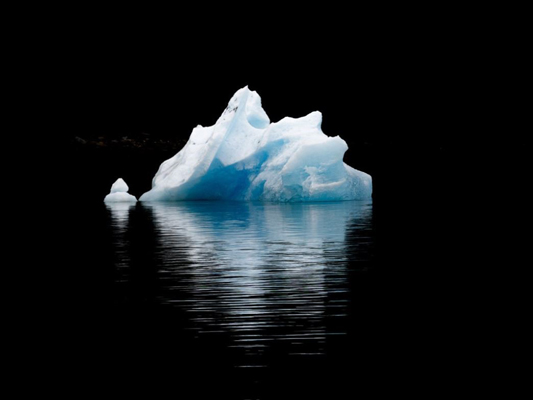
Glacier Bay National Park, Alaska
Glacier Bay is among the world’s most active tidewater glacial areas. The deep ice-jammed waters support a variety of photogenic wildlife, both in these frigid waters and onshore. Whales, bears and seabirds abound. Cruise the bay and its glaciers by luxurious private yacht with special park permit.
Snapshots of Where We’ve Been
The following are the most recent Trip Reports written by our leaders.
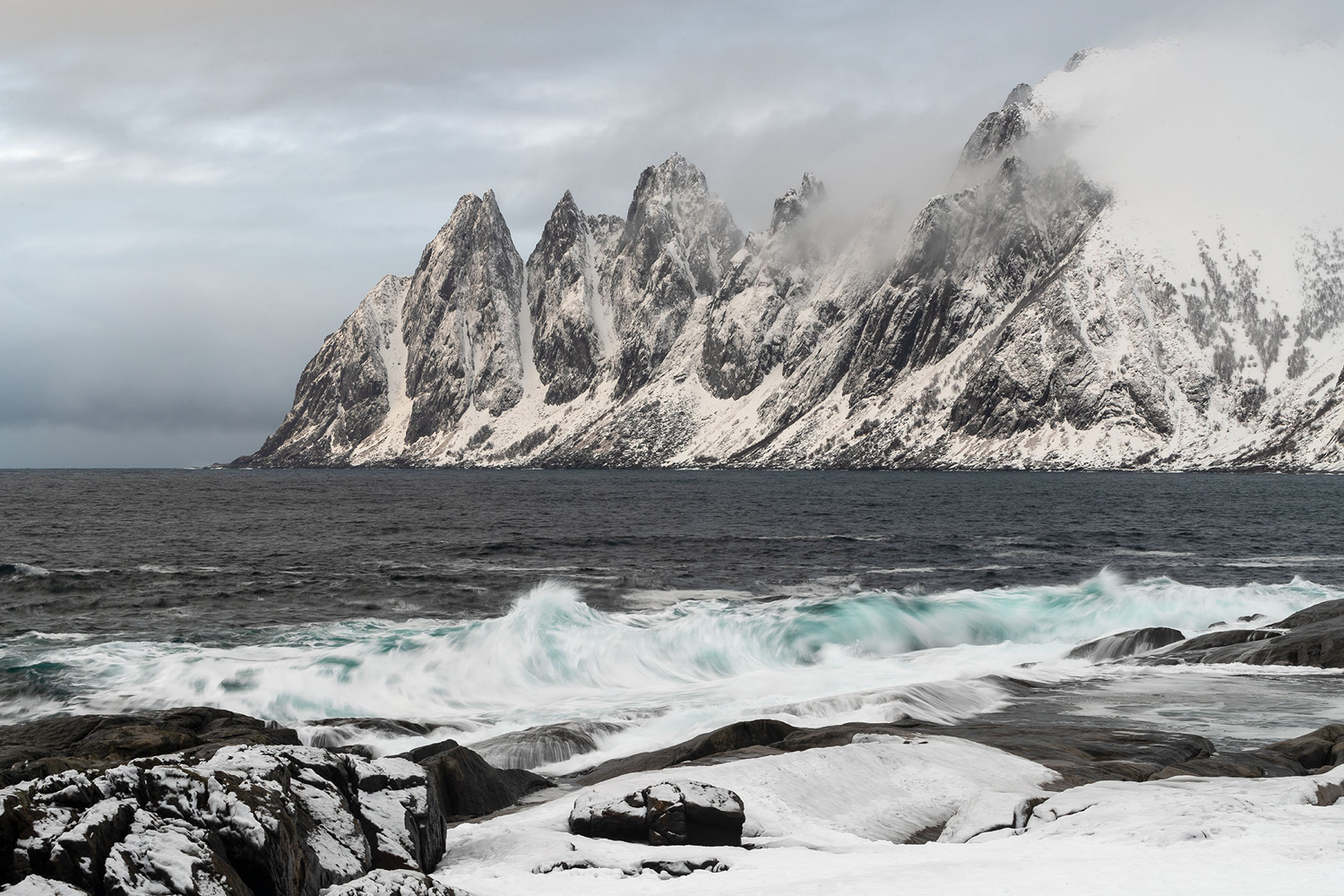
Norway’s Senja Island in Winter 2024 Trip Report
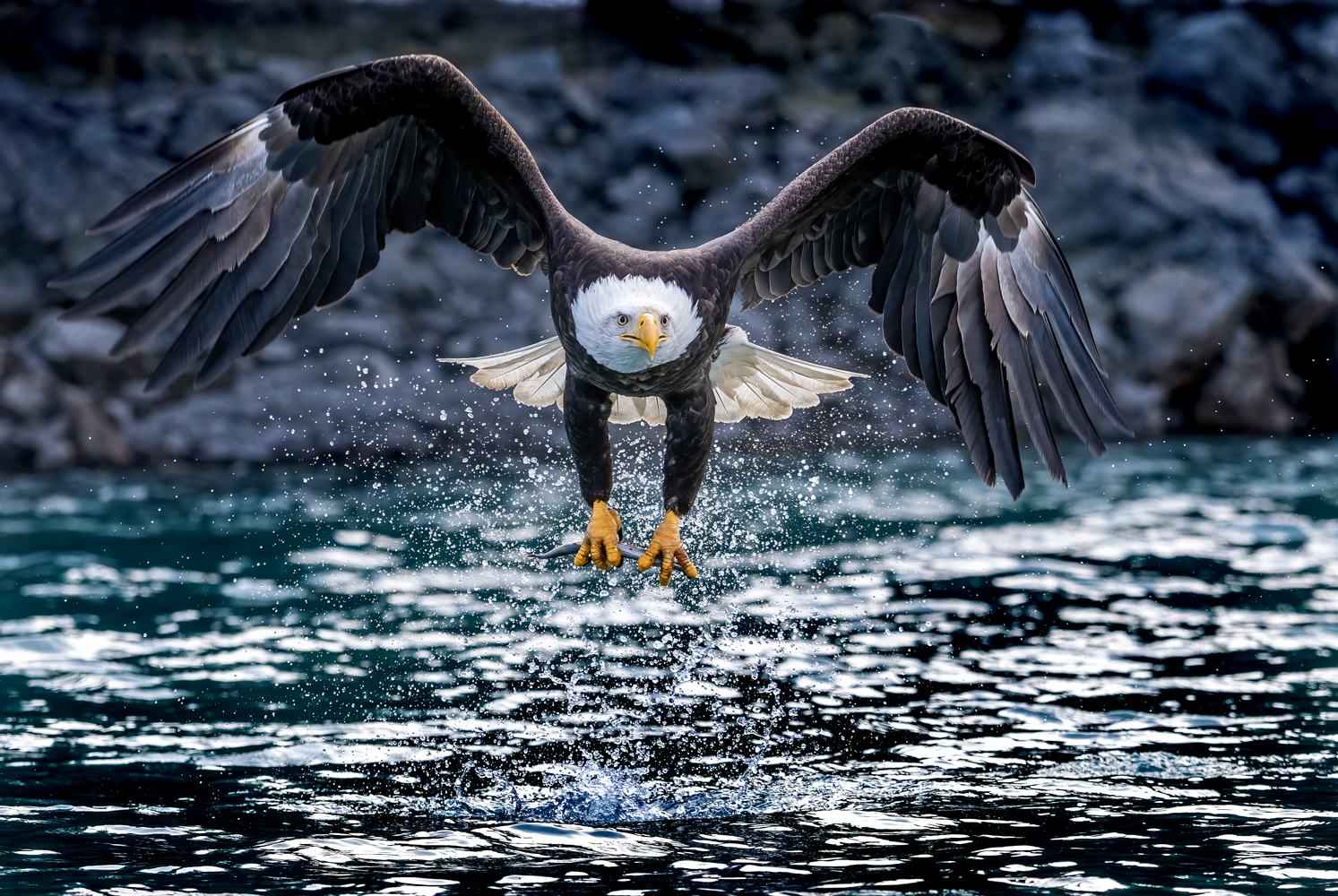
Bald Eagles, Sea Otters & Coastal Wildlife of Kachemak Bay, Alaska 2024 Trip Report
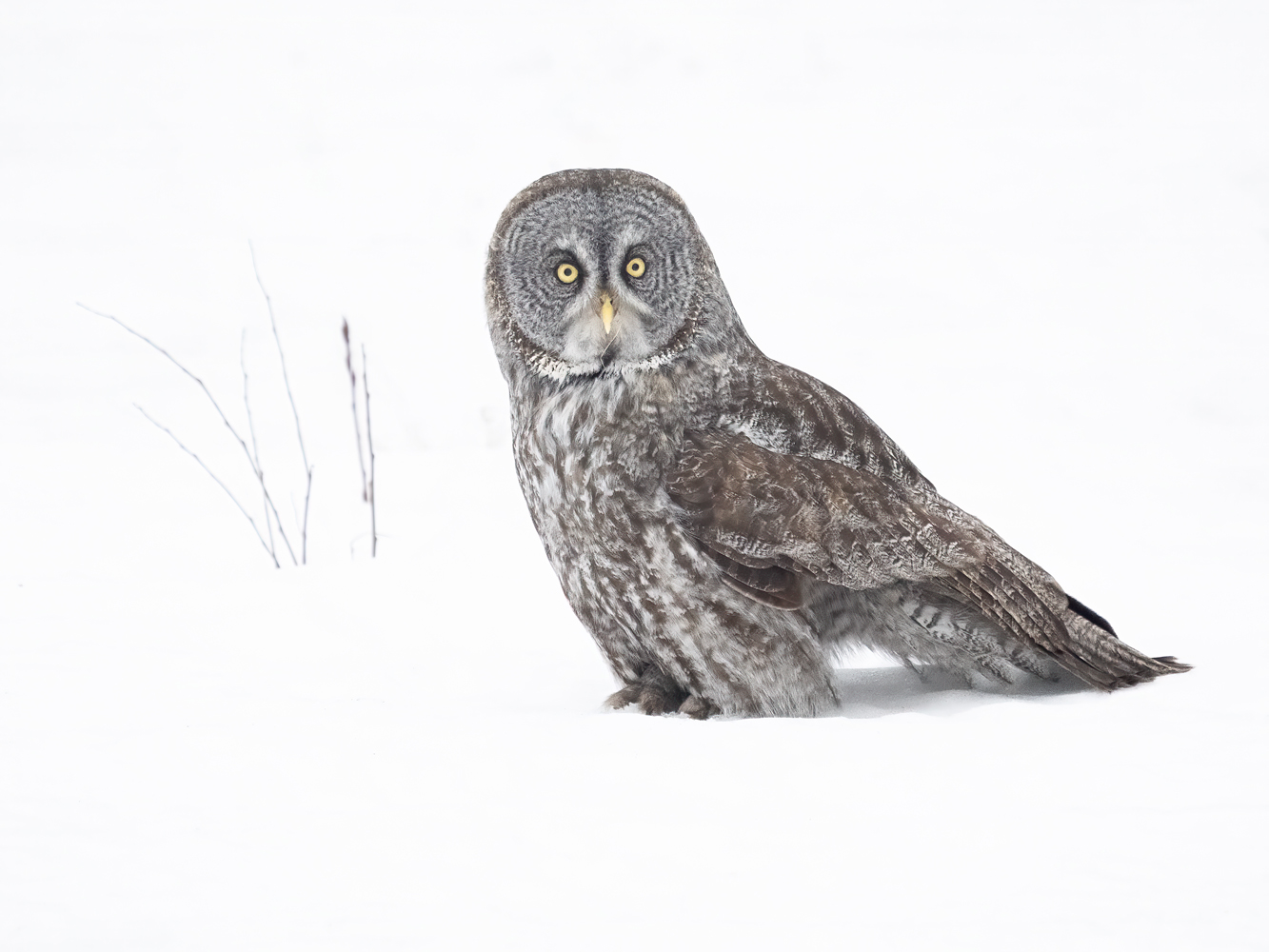
Great Gray Owls of the North Woods, Alberta 2024 Trip Report
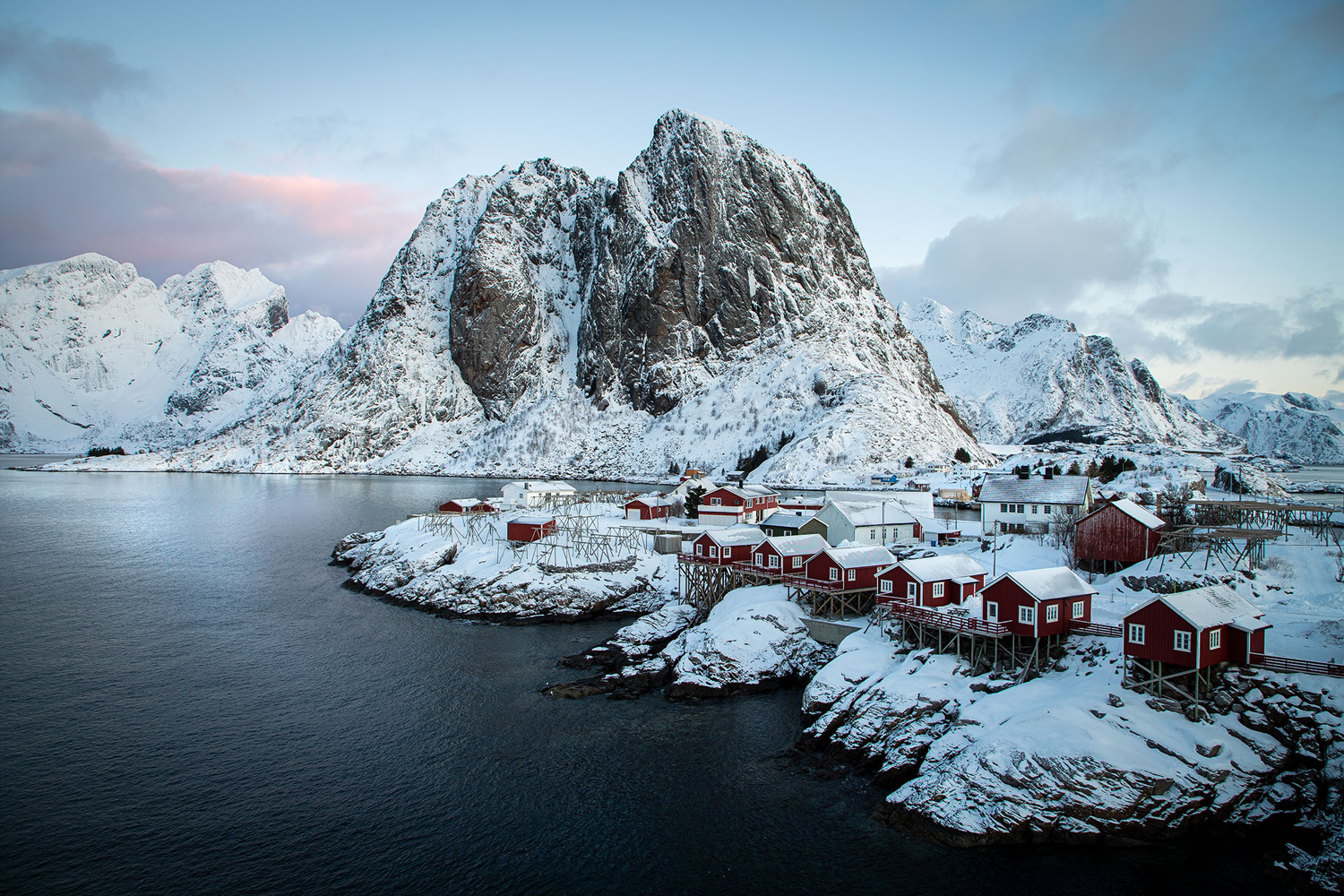
Norway’s Lofoten Islands 2024 Trip Report

Safari Photography: Tips, Best Cameras and More
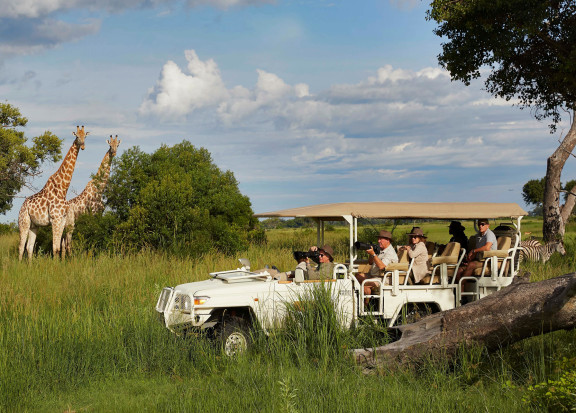
Africa’s emerald savannahs, a thick-maned lion silhouetted against a fiery sunset, elephants meandering by a serene waterhole or the intense gaze of a leopard concealed in the underbrush — these are moments that avid travelers and photographers dream of capturing. Safari photography isn't just about snapping pictures; it's about immortalizing the raw beauty, power and fragility of the wild. And, it offers a unique challenge, melding the unpredictability of wildlife with the nuances of an untamed environment, making safari photography distinct from any other photographic genre. Whether you're preparing for your first luxury safari adventure or seeking to elevate your existing skills, this chapter will guide you through the maze of best practices, camera equipment choices and insights that can transform fleeting encounters into timeless images you’ll treasure forever.
Safari Photography Tips and Techniques
Capturing high-quality images is a must on your luxury safari. They serve as priceless, tangible memories you can showcase in your home and look back fondly on years after your journey. Of course, snapping the perfect photograph of the effervescent African landscape and thriving wildlife is no small feat. No matter if you’re exploring the lush jungles or the sweeping savannah, Africa’s wild landscape is constantly in motion. The sun, shadows and moving creatures can make it difficult — but far from impossible — to take a great photo. All of this is to say that safari photography differs from your typical portrait session. And to help you along, many safari guides are themselves experienced photographers with an in-depth lived knowledge of the hows and whens of wildlife photography. However, you don’t have to be a professional photographer to take stunning pictures on your safari with these tips:
- Let the sun be your storyteller. Lighting can drastically affect your image quality, but there are no ring lights to be found on Safari. Furthermore, flash can appear unnatural and disturb wildlife.
It’s best to let the sun be your guide. The golden hours of dawn and before dusk provide the ideal light conditions for your photography. Embrace the magic of the golden hour as the sun paints the world in an amber palette and find beauty in the shadows.
- Respect the rhythm of the wild. Patience is key on a luxury African safari and the same is true for photographing wildlife. In the canvas of the wild, moments unravel at their own pace and you simply can’t rush nature. You may not get that “perfect shot” on your first day on safari, but you will certainly capture amazing moments and vignettes you didn’t know you were looking for.
The heartbeat of nature should guide your shutter and not be rushed. Each photograph is a testament to your patience and profound connection with the wild.
- Follow the rule of thirds. Simple photography tips can help you capture an impactful image. The rule of thirds is perhaps the most well-known “rule” of composition that helps transform a simple photo into a work of art.
While balance and composition are key, you can also discover new perspectives with your photography. Let nature inspire unique angles and heights in your photography.
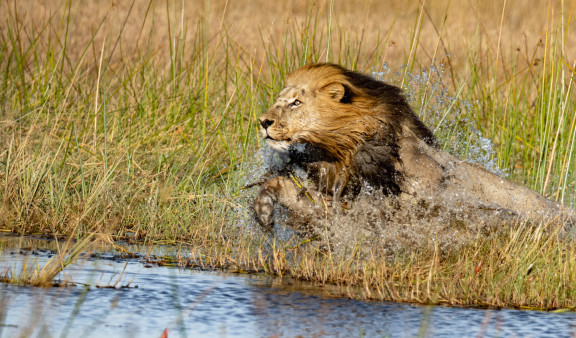
Best Cameras for Safari Photography
When you want to capture the essence of the untamed world, a smartphone, although convenient with a good camera, doesn’t quite do it justice. While you can certainly snap memorable moments on your phone to share with family and friends, nothing compares to a high-quality camera.
For outdoor photography and capturing wildlife in particular, enthusiasts and professionals alike often choose between two types of cameras: DSLRs and Mirrorless. Experts agree both have distinct advantages for taking wildlife photos and can be good options.
DSLR cameras offer fast shutter speeds to capture wildlife on the move. They also tend to be larger and have a longer battery life, ideal for a long day in the bush. However, Mirrorless cameras have come a long way and are often preferred for travelers on the go. They are more compact with an equally fast shutter speed and amazing image quality.
Ultimately, the choice is what you are more comfortable with.
Regardless of the type of camera you choose, keep these tips in mind for capturing the best photographs:
- The best lens for safari photography is a long one. A long lens allows you to capture high-quality images of wildlife from yards away on a game drive. You can switch to a wide-angle lens to better capture sweeping landscapes.
- Fast shutter speeds are a must for capturing moving animals or taking pictures from a moving safari vehicle.
- Get to know your camera settings . Many wildlife photographers consider aperture priority mode the best camera setting for safari photography. This allows you to capture properly exposed images of moving animals more easily while still allowing for a lot of manual control. Settings like autofocus also help immensely.
- To continue preserving priceless moments, you should take care to maintain your camera on safari. Keeping dirt and dust off your lens and preserving battery life is perhaps most important in the bush.
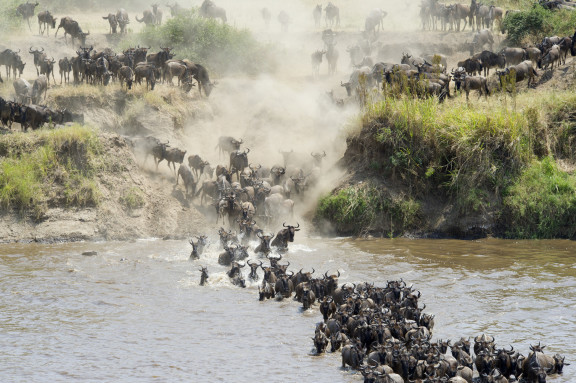
Essential Accessories
Finally, we cannot overlook the importance of the accessories that can elevate your safari photography. While it’s important to pack light for a day in the bush, these few additions can truly transform your images and overall experience.
- Binoculars: A pair of high-quality binos, often provided by your guide on safari, deliver an enhanced view of wildlife from yards away and the opportunity to see colorful birds in detail. This enhanced view allows you to spot the perfect image.
- Tripods and monopods: Stabilize your shots and snap stunning images of sunsets and landscapes. Also ideal for long-exposure images of the stars.
- Camera bags: Protect your equipment from the elements or wandering hands when not in use.
- Filters: Enhance colors and reduce glare during your photography session.
- Spare batteries and memory cards: Be prepared for long shooting sessions on your game drive.
Consider an African Safari Photography Tour
It can feel daunting trying to capture the untamed heart of Africa’s wilderness through the lens. A specialized luxury safari photography tour can help you capture the perfect shot on your trip. On a Tanzania photography safari, you can snap stunning pictures from high above in a hot air balloon. Or, keep things classic on a Kenya photography safari to take action-packed photographs of the Big 5. On a luxury safari photography tour, you will have the time and resources to take priceless images with the help of experienced guides who know the landscape inside out. Explore more of our Kenya photography safaris and more destinations where the opportunity to capture epic images awaits with ROAR AFRICA.
Subscribe to receive the latest updates

Contact Details
Connect with us, press inquiries, general inquiries.

Safari Photography Guide
Embarking on an African safari promises an exhilarating and memorable adventure, and ensuring you have the appropriate camera gear is crucial for immortalizing those rare and exceptional moments. Canon stands out as a top choice among camera brands for safari photography, renowned for its superior image quality and robust build. This article delves into the optimal Canon cameras and lenses to seize breathtaking photos during an African safari. This safari photography guide focuses on Canon as it is the brand that I use for all my photography and I have found the bodies and lenses robust and able to withstand whatever nature chooses to throw at you while on safari.
Behind the Lens: A Peek into My Camera Bag Essentials
In the dynamic world of photography, having the right gear can make all the difference in capturing those picture-perfect moments. Here’s an in-depth look into what’s in my camera bag, a carefully curated selection of equipment that empowers me to unleash my creativity.
- Lowepro ProTactic BP 350 AW II (Camera Backpack)
The backbone of my photography setup is the Lowepro ProTactic BP 350 AW II. Crafted with precision, this camera backpack is a perfect blend of durability and functionality. Its customizable interior ensures a snug fit for my gear, while the all-weather cover provides protection against the elements. With its versatile design, this backpack is a reliable companion for photographers on the move.
- Canon R7 Camera
At the heart of my kit is the Canon R7 Camera. Boasting advanced features and a mirrorless design, it delivers outstanding performance and portability and with its crop sensor is perfect for safari photography. With a high-resolution sensor and rapid autofocus, the Canon R7 empowers me to capture crisp and vibrant images, making it an indispensable tool for both amateurs and professionals.
- Canon Mount Adapter EF-EOS R
Enhancing the versatility of my setup, the Canon Mount Adapter EF-EOS R allows seamless integration of my EF lenses with the Canon R7. This adapter ensures compatibility across the Canon lens ecosystem, giving me the flexibility to explore various shooting styles and perspectives.
- CANON EF 100-400MM F/4.5-5.6L IS II USM (Telephoto Lens)
When it comes to capturing distant subjects with precision, the CANON EF 100-400MM F/4.5-5.6L IS II USM is my go-to telephoto lens. Its impressive focal range and image stabilization technology enable me to achieve sharp, detailed shots, making it an essential tool for wildlife photography.
- SanDisk Extreme Portable SSD 2TB (Storage Solution)
Storage is never a concern with the SanDisk Extreme Portable SSD 2TB. This high-speed, compact storage solution ensures that I have ample space for my extensive collection of photos and videos. Its rugged design adds an extra layer of security, making it the perfect companion for on-the-go photographers.
- Lexar SILVER Series Professional 1667x 128GB UHS-II SDXC Memory Card
The Lexar SILVER Series Professional 1667x 128GB UHS-II SDXC Memory Card complements my camera’s capabilities with its high-speed performance. With rapid read and write speeds, this memory card ensures smooth data transfer, a crucial factor in capturing high-resolution images and recording 4K videos.
- CANON EF 24-105MM F/4L IS II USM (Versatile Zoom Lens)
The CANON EF 24-105MM F/4L IS II USM is a versatile workhorse in my kit. Its wide focal range and constant aperture make it suitable for a variety of shooting scenarios, from landscapes to portraits. The built-in image stabilization ensures sharp results even in challenging lighting conditions.
- MacBook Air 13-inch Apple M2 (Editing Powerhouse)
For on-the-go editing and organization, the MacBook Air 13-inch with the Apple M2 chip is my trusty companion. Its lightweight design and powerful processing capabilities allow me to review and edit photos with efficiency, ensuring a seamless workflow during and after photo sessions.
- Bose QuietComfort Ultra Headphones (Immersive Audio Experience)
These headphones provide an unparalleled audio experience with exceptional noise cancellation, perfect for long flights and allowing me to focus entirely on my work, whether I’m editing photos or reviewing footage, or listening to music.
- Manfrotto Element Travel Tripod (Stability on the Go)
Stability is paramount in photography, and the Manfrotto Element Travel Tripod delivers just that. With its lightweight design and quick setup, this tripod provides a steady platform for capturing long-exposure shots, group portraits, or any scenario where stability is key.
- Spare Canon LP-E6NH Lithium-Ion Battery
To ensure uninterrupted shooting, I always carry a spare Canon LP-E6NH Lithium-Ion Battery. With extended battery life, I have the peace of mind that I won’t miss a crucial moment, especially during extended photo sessions or while exploring remote locations.
- iPhone 15 Pro Max (Smartphone Camera)
Lastly, the iPhone 15 Pro Max serves as a versatile tool for quick captures and behind-the-scenes moments. With its advanced camera capabilities, it complements my professional gear and allows me to document scenes spontaneously, ensuring no moment goes uncaptured.
Photography Tips
Engaging in safari photography offers a rare chance to capture breathtaking wildlife images in their native surroundings. Yet, achieving these moments can be daunting without a grasp of the optimal camera settings. Armed with the right configuration, you can produce sharp, well-exposed photographs with vibrant colors. This section will explore the most effective camera settings and offer tips for successful safari photography.
Shutter Spee d
Capturing the essence of movement is crucial in safari photography, making shutter speed a vital setting. Opting for a faster shutter speed proves effective in freezing the motion of swift-moving animals. Typically, a recommended shutter speed of 1/1000th of a second or faster is advised for wildlife photography. Adjustments to the shutter speed may be necessary depending on the animal’s movement and the prevailing lighting conditions.
Slow shutter speed can also play a crucial role in enhancing the artistic and dynamic elements of safari photography. While a faster shutter speed freezes fast-paced movement, a slower shutter speed introduces intentional blur, imparting a sense of motion to the image. This effect can be particularly useful when capturing the graceful movements of animals, such as a herd of wildebeests or a bird in flight.
By deliberately slowing down the shutter speed, you allow more light to enter the camera, contributing to a longer exposure time. This can result in visually striking photographs, showcasing the ambient light and creating a sense of drama in the scene. It’s important to note that using a slow shutter speed requires a steady hand or, preferably, a tripod to avoid unwanted camera shake.
Experimenting with slow shutter speeds in safari photography opens up creative possibilities, offering a unique perspective that goes beyond simply freezing action. Consider incorporating this technique when the opportunity arises, and adapt your settings based on the specific conditions and subjects encountered during your safari adventure.
In safari photography, mastering the relationship between aperture and depth of field is key to creating compelling and visually striking images. The aperture, the opening in the camera lens that controls the amount of light entering, plays a dual role by significantly influencing the depth of field in your photographs.
A wide aperture, represented by a smaller f-number (e.g., f/2.8 or f/4), is advantageous for safari shots. This setting allows more light to reach the camera sensor and creates a shallow depth of field. This shallow depth of field results in the main subject, such as a magnificent lion or an elegant giraffe, being sharply focused, while the background is beautifully blurred. This technique not only isolates the subject but also adds a pleasing aesthetic element to the image.
On the other hand, a narrow aperture, represented by a larger f-number (e.g., f/11 or f/16), increases the depth of field. This is useful when you want to keep both the foreground and background in focus, capturing the broader context of the scene. It’s essential to strike a balance between aperture and depth of field based on your creative vision and the specific composition you aim to achieve.
Understanding how to manipulate the aperture for optimal depth of field empowers you to adapt to different safari scenarios and improve your safari photography. Whether you’re highlighting a single animal against a dreamy backdrop or capturing the expansive landscape with various subjects in sharp focus, mastering aperture settings enhances the storytelling potential of your safari photography.
ISO is a measure of your camera’s sensitivity to light. A higher ISO can help you achieve a faster shutter speed in low-light conditions. However, a high ISO can also introduce noise or grain in your images. You should try to use the lowest ISO possible to achieve the desired shutter speed and aperture. A good starting point for ISO is 400, but you may need to adjust it based on the lighting conditions.
When capturing animal photographs on a safari, selecting the right focus mode is crucial to ensure that you achieve sharp and well-focused shots, especially considering the unpredictability of wildlife behavior. Here are some focus modes and considerations for taking animal photographs on safari:
- Continuous Autofocus (AI Servo or equivalent): This focus mode is essential for photographing moving subjects, such as animals in action. Continuous autofocus allows the camera to track the subject and adjust focus continuously, ensuring that your shots remain sharp even as the animal moves within the frame. It’s particularly useful for dynamic scenes like animals in motion or engaged in activities. This is the mode in which I normally have my camera set.
- Single Autofocus (One-Shot AF): When photographing stationary animals or capturing portraits, using the Single Autofocus mode can be effective. This mode locks focus on a specific point, and it’s suitable when your subject is relatively still. It allows you to achieve precise focus on the animal, especially when capturing detailed shots or portraits.
- Face and Eye Detection: Many modern cameras, including those used for safari photography, come equipped with advanced face and eye detection technology. When photographing animals, especially those with distinct facial features, enabling face and eye detection can help the camera automatically focus on the eyes or faces of the animals, resulting in compelling and engaging images. This needs to be set in your camera menu.
- Zone or Expanded Area Autofocus: For situations where your subject may move unpredictably within a certain area of the frame, using a zone or expanded area autofocus mode can be beneficial. This allows the camera to focus on a broader region, making it more forgiving if the animal moves slightly within the selected zone.
- Manual Focus: In certain scenarios, such as when dealing with challenging lighting conditions or when the camera’s autofocus might struggle, switching to manual focus gives you full control over focusing. This can be particularly useful for capturing shots where the autofocus system might have difficulty, such as in dense vegetation or low-light environments.
When on a safari, it’s essential to be ready for various shooting conditions and animal behaviors. Experimenting with different focus modes and being familiar with your camera’s autofocus capabilities will help you adapt to different situations, ensuring that you can capture stunning and well-focused animal photographs on your safari adventure.
Exposure mode
When on safari, selecting the appropriate exposure mode on your Canon camera is crucial for capturing well-exposed and visually appealing photographs in a variety of lighting conditions. Canon cameras typically offer several exposure modes, and the choice depends on the specific shooting scenario. Here are some exposure modes to consider:
- Aperture Priority (Av): This mode allows you to set the desired aperture while the camera automatically adjusts the shutter speed to achieve a proper exposure. Aperture Priority is useful when you want to control the depth of field, especially in wildlife photography where isolating the subject with a blurred background might be desirable.
- Shutter Priority (TV): Shutter Priority lets you choose the shutter speed while the camera adjusts the aperture accordingly. This mode is beneficial for capturing fast-moving animals or freezing motion in dynamic scenes. For example, when photographing wildlife in action, a faster shutter speed can help avoid motion blur.
- Program (P) Mode: In Program mode, the camera automatically sets both the aperture and shutter speed based on the scene’s lighting conditions. This mode is convenient when you want a balance between control and automation, suitable for situations where lighting is relatively consistent.
- Manual (M) Mode: Manual mode provides full control over both aperture and shutter speed. This mode is beneficial when dealing with challenging lighting situations or when you want precise control over exposure settings. It’s particularly useful for capturing diverse safari scenes where lighting conditions may vary.
- Auto (Green Square or Scene Modes): The Auto mode is suitable for beginners or situations where you want the camera to handle most of the exposure settings. Many Canon cameras also offer scene modes, allowing you to select a specific scenario (e.g., landscape, portrait, sports) for optimized settings.
- Exposure Compensation: Regardless of the exposure mode you choose, exposure compensation is a valuable tool. It allows you to adjust the exposure up or down in increments to compensate for challenging lighting conditions. This can be crucial when dealing with backlit subjects or scenes with high contrast.
When on safari, be prepared to encounter a variety of lighting situations, from bright sunlight to low-light conditions during sunrise or sunset. Familiarizing yourself with the different exposure modes on your Canon camera and understanding how they affect aperture, shutter speed, and ISO will help you adapt to the diverse and dynamic environments of a safari, ensuring you capture stunning images with optimal exposure.
RAW VS JPEG
When embarking on a safari adventure with your Canon camera, the choice between shooting in RAW or JPEG format becomes a crucial decision, each with its own set of advantages and considerations. My safari photography is done solely in RAW.
RAW Format:
- Maximum Image Quality: RAW files contain uncompressed and unprocessed data captured by the camera’s sensor. This results in the highest image quality and provides more flexibility in post-processing.
- Greater Dynamic Range: RAW files retain more information in highlights and shadows, allowing for better recovery of details in post-production. This is particularly useful in challenging lighting conditions often encountered on safaris.
- Extensive Editing Options: RAW files offer a broader range of editing possibilities, enabling adjustments to exposure, color balance, and sharpness without significant loss of quality.
- White Balance Flexibility: RAW allows you to fine-tune white balance settings during post-processing, providing greater control over the final appearance of your images.
- Optimal for Print and Large Prints: RAW files are well-suited for large prints due to their higher resolution and superior image quality.
JPEG Format:
- Smaller File Sizes: JPEG files are compressed, resulting in smaller file sizes. This can be advantageous for conserving storage space on memory cards and hard drives.
- In-Camera Processing: JPEG files undergo in-camera processing, applying settings like white balance, sharpness, and color saturation at the time of capture. This can be convenient if you prefer minimal post-processing.
- Quick Sharing: JPEGs are easily shareable as they are ready to be uploaded or sent without the need for extensive post-production. This can be beneficial when sharing images promptly, such as on social media.
- Faster Burst Rates: Shooting in JPEG allows for faster burst rates and longer continuous shooting, beneficial when capturing rapid sequences of wildlife action.
Considerations:
Storage Capacity: RAW files consume more storage space than JPEGs. Ensure you have sufficient memory cards and storage devices, especially if you plan to shoot extensively.
Post-Processing Skill: If you are comfortable with post-processing and desire maximum control over your images, shooting in RAW is recommended. However, if you prefer minimal editing and quicker workflows, JPEG may be suitable.
Backup: Given the larger file sizes of RAW, having a robust backup strategy is essential to avoid the loss of valuable images.
Ultimately, the choice between RAW and JPEG depends on your preferences, post-processing workflow, and the level of control you seek over your safari photographs. Many photographers opt for shooting in RAW for the superior image quality and flexibility it provides during post-production, especially when capturing the diverse and challenging conditions of a safari environment.
Familiarize Yourself with Your Camera Settings
Before embarking on your safari, take the time to acquaint yourself with the settings of your Canon camera. Knowing how to manipulate factors like aperture, shutter speed, and ISO is crucial for capturing captivating photos of wildlife and landscapes. Opting for manual mode grants you complete control over your camera settings, enabling adjustments tailored to the specific shooting conditions. For beginners, Aperture Priority mode serves as a viable option, providing control over depth of field while the camera automatically adjusts other settings.
Use a Telephoto Lens
When embarking on a safari adventure in Africa, having the right telephoto lens can significantly enhance your wildlife photography. Canon, a renowned camera and lens manufacturer, offers a variety of telephoto lenses designed to capture the beauty and essence of African wildlife.
To explore these lenses further and make an informed decision, you can check out real reviews from experienced photographers by clicking on the respective links. These firsthand experiences will give you valuable insights into the capabilities of each lens and help you choose the perfect companion for your safari photography journey.
Canon RF 100-400mm f/5.6-8 IS USM Lens
- Compact, lightweight, and high-image quality RF Tele zoom lens
- Optical Image Stabilizer with up to 5.5 Stops of shake correction
- High speed, smooth, and quiet autofocus with Canon’s Nano USM
- 9-blade circular aperture for beautiful bokeh
- Control Ring for direct setting changes
Canon EF 100-400mm f/4.5-5.6L IS II USM :
- Versatile zoom range for flexibility in framing distant subjects.
- Advanced Image Stabilization (IS) for sharp handheld shots.
- Excellent image quality with fluorite and super UD glass elements.
- Fast and accurate autofocus for capturing fast-moving wildlife.
Canon EF 70-200mm f/2.8L IS III USM :
- A professional-grade telephoto zoom lens with a wide aperture.
- Ideal for capturing wildlife portraits and details.
- Superior image stabilization for handheld shooting.
- Durable build suitable for rugged safari conditions.
Canon EF 400mm f/2.8L IS III USM :
- Exceptional image quality with a wide aperture for low-light conditions.
- Super telephoto reach for capturing distant subjects.
- Advanced IS technology for stable handheld shooting.
- Lightweight design for easier portability during safari excursions.
Canon RF 100-500mm f/4.5-7.1L IS USM :
- Designed for Canon’s RF mount, offering compatibility with mirrorless cameras.
- Impressive zoom range for versatile composition.
- Image Stabilization for sharp images at longer focal lengths.
- Compact and lightweight design for travel and safari use.
Canon EF 600mm f/4L IS III USM :
- Super telephoto lens with an ultra-wide aperture for exceptional light gathering.
- Ideal for capturing distant or elusive wildlife with incredible detail.
- Advanced IS system for handheld stability.
- Robust build with magnesium alloy construction.
Canon EF 200-400mm f/4L IS USM Extender 1.4x :
- Unique built-in extender for increased focal length flexibility.
- Versatile zoom range suitable for a variety of safari scenarios.
- Advanced optical design for high-quality images.
- Durable construction for challenging environmental conditions.
When selecting a telephoto lens for safari photography, consider factors such as focal length, aperture, and image stabilization. The choice depends on your specific preferences, the type of wildlife you plan to capture, and the shooting conditions you expect to encounter during your African safari.
Consider using a Wide-Angle Lens
When embarking on a safari adventure in Africa, a wide-angle lens can be a valuable addition to your camera gear. While telephoto lenses are often associated with wildlife photography, wide-angle lenses offer unique opportunities to capture the vast landscapes, stunning scenery, and the broader context of the safari experience. Here are some Canon wide-angle lenses to consider and why you might use them on a safari:
Canon EF 16-35mm f/2.8L III USM :
- Versatile Wide-Angle Zoom: This lens covers a broad range of focal lengths, making it versatile for capturing both expansive landscapes and closer subjects.
- Large Aperture: The wide f/2.8 aperture allows for excellent low-light performance and creative control over depth of field.
- Durable Construction: With weather-sealing and robust build quality, it’s suitable for varied safari conditions.
Canon RF 15-35mm f/2.8L IS USM :
- Designed for Mirrorless Cameras: This lens is part of Canon’s RF series, providing compatibility with their mirrorless cameras.
- Image Stabilization: The inclusion of image stabilization is beneficial for handheld shooting, especially in low-light situations.
- High Optical Performance: Offers sharpness and clarity across the frame, capturing the vibrant details of African landscapes.
Canon EF 24mm f/1.4L II USM :
- Wide Aperture: With a wide f/1.4 aperture, this lens excels in low-light conditions, allowing you to capture the magical moments of sunrise or sunset on the safari.
- Prime Lens Quality: As a prime lens, it delivers exceptional optical performance and is well-suited for capturing wide-angle scenes with stunning clarity.
Canon RF 14-35mm f/4L IS USM :
- Ultra-Wide Angle: This lens offers an ultra-wide focal length, ideal for capturing dramatic landscapes and immersive safari scenes.
- Image Stabilization: Equipped with image stabilization for handheld stability, even at wider angles.
- Compact and Lightweight: Designed for portability, making it a practical choice for travel and safari expeditions.
Why Use a Wide-Angle Lens on Safari:
Landscape Photography: Wide-angle lenses are perfect for capturing the vastness of African landscapes, showcasing the sweeping plains, majestic mountains, and expansive skies.
Environmental Context: Wide-angle lenses help tell a more comprehensive story by including the surroundings, and providing context to the wildlife and their habitat.
Creative Perspectives: Wide-angle lenses allow for creative compositions, emphasizing foreground elements and creating a sense of depth in your images.
Group Shots: When photographing groups of animals or scenes with multiple subjects, a wide-angle lens ensures you can fit more into the frame.
In summary, incorporating a wide-angle lens into your camera kit for an African safari enables you to capture breathtaking landscapes and diverse environments, providing a well-rounded photographic narrative of your safari experience.
Best Canon Cameras For Safari
Choosing the right Canon camera for an African safari involves considering factors such as budget, features, and the level of photographic expertise. Here are recommendations for affordable, mid-range, and professional-level Canon cameras that are well-suited for capturing the diverse and dynamic scenes encountered during an African safari:
Affordable Cameras:
Canon EOS Rebel T7i (EOS 800D):
- Budget-Friendly: The Rebel T7i offers an affordable entry point for those on a budget.
- 24.2MP APS-C Sensor: Provides decent image quality for capturing wildlife and landscapes.
- Dual Pixel CMOS AF: Ensures quick and accurate autofocus, handy for spontaneous wildlife moments.
Affordable RF Canon Cameras
Canon EOS R100
- Entry-Level Mirrorless: A budget-friendly mirrorless option24.1 Megapixel (APS-C) CMOS Sensor with ISO 10025600 (H: 51200
- Built-in Wi-Fi and NFC Technology.
- 9-point AF System and AI Servo AF
- Optical Viewfinder with Approx. 95% Viewing Coverage
- 3.0-inch LCD with 920,000 Dots
- Scene Intelligent Auto Mode – Full HD 30p
- Canon EOS Rebel SL3 DSLR Camera
- Lightest, Smallest EOS DSLR camera.
- High Image Quality with 24.1 Megapixel CMOS (APS-C) Sensor
- Fast and Accurate Dual Pixel CMOS AF with Eye Detection AF
- 4K Video, 4K Time-lapse Movie
- Vari-angle Touchscreen, 3.0-inch LCD.
- Built-in Wi-Fi and Bluetooth Technology with Auto Image Transfer.
Mid-Range Canon Cameras :
- Canon EOS 90D
- Fast continuous shooting, Capture the action at up to 10fps
- 32.5 megapixel APS-C CMOS sensor, For exquisite detail
- Intelligent optical viewfinder, Comfortable to use even over long periods
- 45 cross type AF points with multi-controller, Focus quickly and accurately even in low light
- iTR focus tracking, Keep even fast-moving subjects in focus
- 4K filmmaking and Dual Pixel CMOS AF, Superb quality video and audio
- Canon EOS 6D Mark II
- Full-Frame Power: A mid-range full-frame option.26.2 Megapixel Full-frame CMOS Sensor
- Optical Viewfinder with a 45-point All Cross-type AF System
- Dual Pixel CMOS AF with Phase-detection & Full HD 60p
- DIGIC 7 Image Processor, ISO 100-40000
- Vari-angle Touch Screen, 3.0-inch LCD
- Built-in Wi-Fi, NFC, Bluetooth and GPS
- Canon EOS R7
- High Image Quality with a 32.5 Megapixel (APS-C) CMOS Sensor
- High-Speed Shooting
- Blazing Fast Autofocus
- 5-axis In-body Image Stabilization with auto-level technology
- Record each clip over 30 minutes
- Get professional quality video with Smart Shoe integration for audio and HQ 4K
.
Pro Canon Cameras
- Canon EOS R3 Mirrorless Camera
- High Image Quality with a Back-illuminated Stacked 24.1 Megapixel Full-frame CMOS Sensor
- DIGIC X Image Processor with an ISO range of 100-102400; Expandable to 204800
- The First EOS Digital camera to feature Eye Control AF
- 5.76-million-dot & 120fps blackout-free EVF with quick response, as well as a Vari-Angle Touchscreen
- Capable of recording 6K 60P RAW or 4K 120p 10-bit (uncropped) with Canon Log 3
- Dual Card Slots for CFexpress and UHS-II SD Memory Cards
- Canon EOS 1DX Mark III
- A new era in autofocus speed and accuracy
- Outstanding stills and video
- High speed camera communications
- Always ready to perform, whatever the situation
- Enhanced DIGIC Processor
- New CMOS Sensor
Considerations When Buying a Canon Camera for Your African Safari:
Focal Length and Lens Compatibility: Ensure the camera is compatible with the lenses you need for wildlife and landscape photography, considering both EF and RF lenses.
Autofocus Performance: Wildlife photography demands reliable autofocus, so look for advanced autofocus systems like Dual Pixel CMOS AF for quick and accurate focusing.
Weather Sealing: Given the varied conditions on safari, having a camera with weather-sealed construction is crucial for durability and protection against the elements.
Portability and Weight: Consider the size and weight of the camera, especially if you plan to carry it for extended periods during safari excursions.
Battery Life: Longer battery life is beneficial for extended periods in the field. Consider having spare batteries for backup.
Video Capabilities: If you plan to document your safari in video format, consider cameras with advanced video features, such as 4K recording and high frame rates.
Low-Light Performance: Given the early morning and late evening safari excursions, good low-light performance is essential for capturing wildlife in natural lighting conditions.
Budget: Determine your budget range and choose a camera that offers the best features within that range. Consider investing in good lenses as well.
- It Is Important To Pay Attention To The Lighting.
Lighting is a crucial aspect of photography, and when on safari, capturing the vibrant colors, textures, and details of wildlife and landscapes depends significantly on understanding and utilizing available light conditions. Here are considerations and tips for handling lighting while on a safari photography expedition:
- Golden Hours:
- Early Morning and Late Afternoon: The golden hours around sunrise and sunset provide soft, warm, and directional light. This lighting not only enhances the natural colors of the environment but also creates long shadows, adding depth and dimension to your photographs.
- Harsh Daylight:
- Use Shadows Creatively: Embrace the challenges of harsh midday sunlight by incorporating shadows creatively. These shadows can add contrast and drama to your images, especially when capturing textured landscapes or wildlife features.
- Cloudy Days:
- Even and Soft Lighting: Overcast or cloudy days can provide even and soft lighting. This diffuse light reduces harsh shadows and can be advantageous for capturing details and colors without the distraction of strong contrasts.
- Backlighting:
- Silhouettes and Rim Lighting: Experiment with backlighting, especially during sunrise or sunset. This technique can create silhouettes and add a beautiful rim light to your subjects, highlighting their contours against the backdrop.
- Adapt to Changing Conditions:
- Be Flexible: Safari conditions can change rapidly, from bright sunlight to overcast skies. Be prepared to adapt your settings and compositions accordingly. Stay alert to the changing atmosphere and adjust your approach as needed.
- Use Natural Frames:
- Utilize Trees and Vegetation: Take advantage of natural elements like trees or bushes to create frames within your composition. These frames can add interest to your photos and also help control the intensity of sunlight.
- Consider the Animal’s Perspective:
- Capture Catchlights: When photographing animals, pay attention to the catchlights in their eyes. Position yourself so that the light enhances the catchlights, bringing life and sparkle to the subject’s eyes.
- White Balance:
- Adjust for Conditions: Set your camera’s white balance according to the prevailing conditions. Different lighting situations may require adjustments to maintain accurate and natural color tones.
- Avoid Direct Flash:
- Opt for Natural Light: While flash can be useful in certain situations, especially for fill-in light, try to rely on natural light as much as possible. It provides a more authentic and visually appealing look to your safari photographs.
- Patience and Observation:
- Wait for the Right Moments: Patience is key in wildlife photography. Observe the behavior of animals and be ready to capture those magical moments when the lighting is just perfect.
- Silent and Respectful Approach:
- Minimize Disturbance: Approach animals silently and respectfully to avoid disturbing their natural behavior. This not only ensures ethical photography but also allows you to capture them in their most relaxed and authentic state.
- Lens Hoods and Filters:
- Minimize Lens Flare: Use lens hoods to minimize lens flare caused by direct sunlight. Consider using polarizing filters to manage reflections and enhance colors.
Conclusion:
Lighting is a dynamic element in safari photography, and understanding how to adapt to different conditions will significantly impact the quality of your images. Whether you’re capturing the warmth of a sunrise, the drama of a storm, or the soft glow of an overcast day, being attuned to the nuances of lighting will help you create stunning and evocative safari photographs.
Best Software To Edit Safari Photos
Editing safari photographs requires software that can handle various aspects such as color correction, exposure adjustments, and fine-tuning details to bring out the beauty of wildlife and landscapes. Here, I’ll discuss three popular software options for editing safari photographs: Adobe Lightroom, Adobe Photoshop, and Luminar Neo.
- Adobe Lightroom:
- User-friendly interface: Lightroom’s intuitive interface makes it accessible for both beginners and experienced photographers.
- Non-destructive editing: Lightroom preserves the original image, allowing you to experiment with edits without altering the original file.
- Efficient organization: The software offers robust cataloging and organizational tools, helping users manage large collections of safari photographs.
- Synchronization: Edits made in Lightroom can be synchronized across multiple devices, facilitating a seamless editing workflow.
- Key Features: Global and local adjustments: Lightroom enables users to make overall adjustments to the entire image or target specific areas using the Graduated Filter, Radial Filter, and Adjustment Brush tools.
- Presets and profiles: The software includes a variety of presets and profiles, allowing users to apply predefined settings or create their own for consistent editing.
Advanced editing capabilities: Photoshop is a powerful software for intricate and detailed edits, making it suitable for tasks like retouching and compositing.
Layers and masks: The ability to work with layers and masks provides a high level of control over specific elements in the image, enhancing flexibility in editing.
- Key Features:
- Retouching tools: Photoshop offers advanced retouching tools, such as the Healing Brush and Clone Stamp, which are useful for removing distractions or imperfections in safari photographs.Advanced color correction: Photoshop provides extensive color correction tools, allowing photographers to fine-tune the color balance and enhance the vibrancy of safari images.
Luminar Neo:
- AI-powered editing: Luminar Neo leverages artificial intelligence to streamline the editing process, making it easier for photographers to achieve impressive results quickly.
One-click enhancements: The software includes AI-driven features like Accent AI, which automatically enhances images with a single click, saving time in the editing workflow.
- Sky replacement and AI filters: Luminar Neo offers creative tools like AI Sky Replacement, allowing photographers to change the sky in their safari photographs easily. Additionally, AI filters enhance specific aspects of the image, such as details and colors.
In conclusion, Adobe Lightroom, Adobe Photoshop, and Luminar Neo are all excellent choices for editing safari photographs, each offering unique features and strengths. Lightroom is ideal for efficient organization and global adjustments, Photoshop excels in detailed editing and retouching, while Luminar Neo stands out with its AI-powered enhancements and creative tools. Choosing the best software depends on the specific needs and preferences of the photographer.
Patient, Observant Wildlife Photography
Wildlife photography is a fascinating and challenging genre of photography. It requires a lot of patience and observation, as well as technical skill and knowledge of animal behavior. In this article, we will discuss some tips for being patient and observant in wildlife photography.
Research and Plan
Before heading out to photograph wildlife, it’s important to research and plan your trip. Research the animal behavior and habitat, as well as the best time of day and season to photograph them. Knowing where and when to find your subject will save you time and increase your chances of getting the shot you want. Planning also involves choosing the right gear, clothing, and accessories for your trip.
Be Quiet and Still
Wild animals are sensitive to noise and movement, so it’s important to be quiet and still while photographing them. Avoid making sudden movements, rustling leaves, or loud noises that could startle or scare the animal away. Move slowly and deliberately, and keep a low profile. Wildlife is more likely to approach you if you look and act non-threatening.
Observe the Animal Behavior
Observing animal behavior is essential to capturing great wildlife photos. Pay attention to their movements, body language, and interactions with other animals. This will give you insight into their behavior and help you anticipate their next move. Knowing when and where to point your camera will increase your chances of getting the shot you want.
Wait for the Right Moment
Wildlife photography requires patience, and waiting for the right moment is key to getting a great shot. Observe the animal and wait for it to do something interesting or unique. Be prepared to wait for hours or even days to get the shot you want. The key is to be patient and ready for when the animal does something interesting.
Be Respectful of the Animals
Respect for the animals and their habitat is crucial in wildlife photography. Avoid disturbing the animal or its environment by keeping a safe distance and avoiding feeding or touching them. Respect their space and be mindful of their safety and well-being. Remember, the animal’s welfare comes first, and photography comes second.
Patience and observation are essential to capturing great wildlife photos. Research and planning, being quiet and still, using a telephoto lens, observing animal behavior, waiting for the right moment, being respectful of the animals, using natural light, and shooting in continuous mode are all important techniques to master. With practice, skill, and a lot of patience, you can capture stunning wildlife photos that will inspire and delight others. Remember, the key to great wildlife photography is to be patient, observant, and have fun with creativity.
Related Posts

CemAir: My Last Flight – Here’s Why
- Feb 26, 2024

Slow Lounge Cape Town: A Haven of Comfort and Luxury
- Feb 15, 2024

Safari Snapshots: Mastering iPhone Photography in the Wild
- Jan 30, 2024
WhatsApp John Finch Travel
Planning a photo safari in Africa: 7 essential tips
Planning a photo safari in Africa ? Based on my knowledge and experience as a photographer, responsible traveler , and wildlife enthusiast, I share 7 essential tips that help you plan and prepare a photo-focused safari trip , where it's all about capturing beautiful and high-quality images of your safari adventure and wildlife sightings.
If you have been on an African safari before, you will be aware of the conflict that can occur when traveling with people with different interests. For people with a special interest in (learning) wildlife photography in Africa , I would recommend looking into a photography safari trip, rather than a regular safari . I wrote an article about the difference between a photo safari and a regular safari .
What is a photo safari?
On a photo safari all circumstances that can be influenced, are created in a way to get the best out of your photography. It’s all about going to the right place at the right times, in different lights, getting the best position to photograph from the right (and different) angles, and spending more time at one sighting to observe and get that perfect shot. The more time you spend with the animals, who are telling their story, the better your photos. On a photographic journey, you will not be rushing to tick off the ' Big 5 ' game animals. You will also be out during the ‘magic golden hours’ around sunset and sunrise.
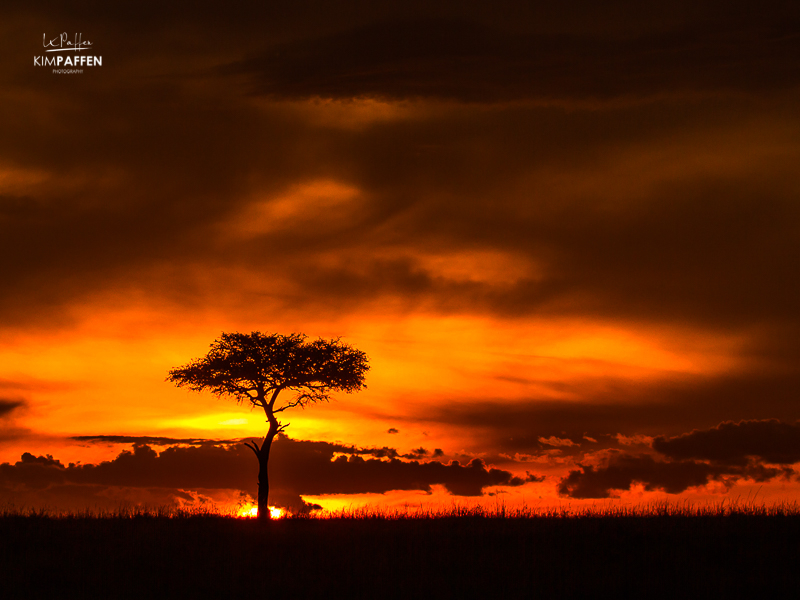
Apart from that, you will learn from a professional photographer who helps to improve your photography skills. If you are traveling in a group, you can also learn from other wildlife photography enthusiasts. Another plus of photography safaris is that many game drive vehicles are designed and configured specifically for wildlife photography with more space to maneuver.
Joining a photo safari doesn't mean you have to be an experienced photographer. On most photography trips it doesn't matter if you're a beginner, intermediate or professional photographer. Having an interest in photography is the basis of what you need for most of these photo trips.

Planning a photo safari group tour or private tour
Whether you love to travel in a group or with a private company, there are always a few important things to consider before you book your trip. If you have never been to Africa , I wouldn't recommend planning your safari trip on your own. Feel free to reach out for advice to help you create a personalized travel plan, or to join me on one of my upcoming photo safari tours .
Now you know what to expect from a photographic safari in Africa , it’s time to dig into the most important things to know and consider for planning and preparing your photo-focused safari . Here are my 7 valuable tips for planning your African photography safari .
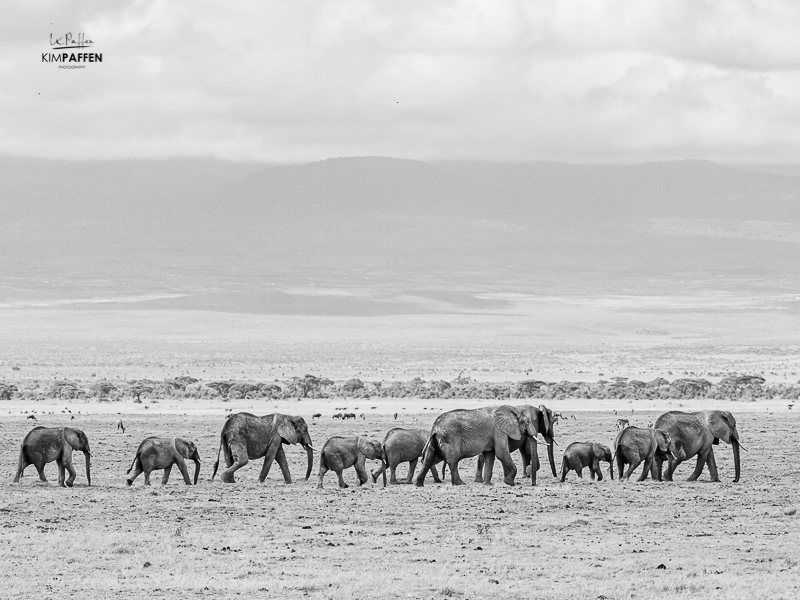
1. Create an overview of your wishes
As a traveler, you are the only one that can decide what’s important to you, and how you want to spend your money.
To make that clear, you need to d o research and create an overview of your wishes . From there, you can start making choices. Consider which aspects are most essential for you. Keep in mind that every aspect can influence the price.
You can make a start by answering the following questions:
- Where do I want to go? (Country, safari destinations, number of places)
- When do I want to go? (high-, low-, rain-, dry-season)
- Do I like to travel in a group or private?
- What’s my budget?
- What accommodation can I afford (Budget, comfort, luxury)
- How long will I be traveling?
- Do I want to organize it all by myself or book an organized trip?
- What would I like to see and do?
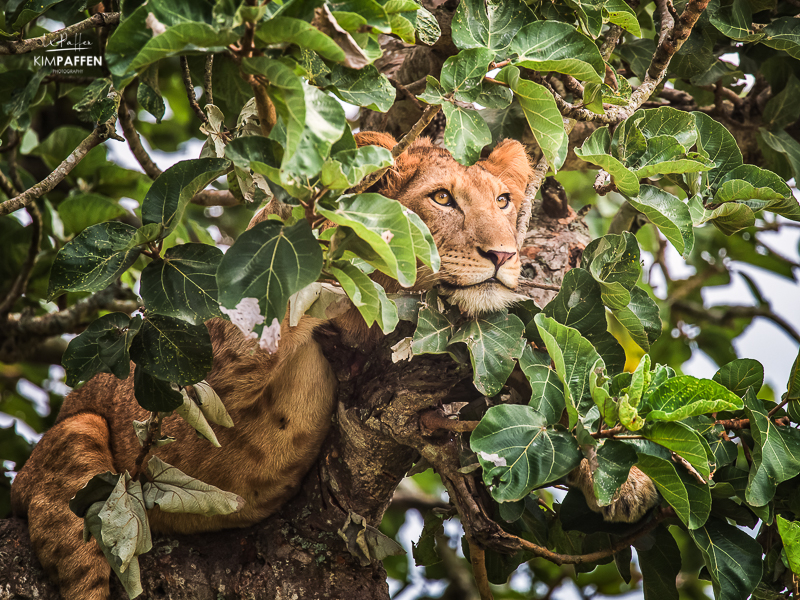
2. Choose the right time to travel
As you might know, Africa has a wet and dry season and offers variations of climates and weather in different countries and areas. The dry season in Africa is the most popular as well as the most crowded season. The best advantage of traveling in the dry season is that animals are frequently found around water pools because of the scarcity of water. In the dry season, the temperatures are high and landscapes are usually dry.
However, some photographers find the wet season in Africa the best time to photograph because of the dramatic skies, green scenery, better light (because of clouds), and less dust. This is also a great period for capturing newborns.
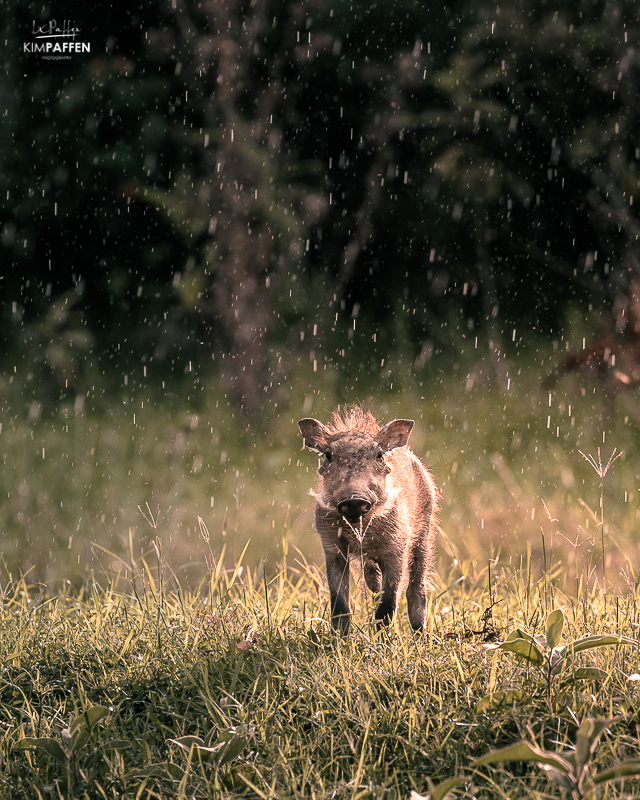
I’ve traveled to Africa in both seasons and in different months. I always try to go in the shoulder seasons , in between dry and wet seasons. Choosing the best time to travel also depends on your personal wishes, budget, and safari destination. Kenya is for example an all-year-round safari destination, while other countries, for example, Uganda , are harder to travel during certain times of the year because of heavy rains.
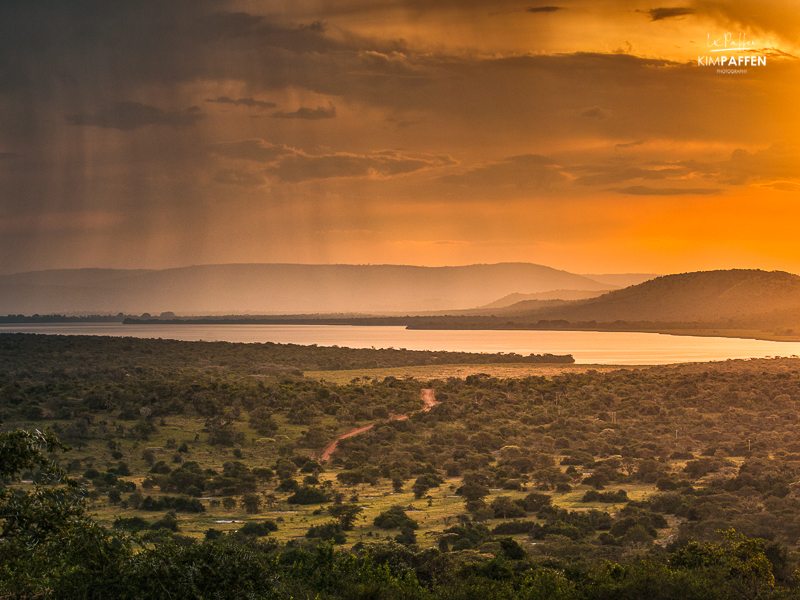
3. Choose a reliable and qualified photo safari operator
After you defined your wishes, it’s time to select the right tour operator or organization to travel with and choose destinations and accommodations to stay in. I always attach great importance to organizations with a focus on conservation efforts, sustainability, and responsible travel choices . I personally do my best to select and collaborate with local organizations and try to look for unique, more private experiences, where they also give back to nature and the surrounding communities.
Do your research to ensure that your trip will meet, or even exceed your expectations. Always search for valuable reviews, ask specific questions in advance to know what to expect to check the reliability, and follow your gut. If you are planning your first African safari trip, feel free to contact me for help or simply join me on one of my group safari trips to Africa . You can even form your own group of max 6 people to accommodate greater flexibility in addressing your preferences regarding the travel period and dates.
Good photography focussed safari companies will offer a 4x4 vehicle with enough space inside, large windows, and a pop-up roof. The luxury photographic companies usually offer a specially-equipped photographic vehicle with sliding gimbals, removable doors, and photography equipment to borrow. Some companies also have the permission to enter National Parks and Game Reserves after opening hours, which is great for an evening game drive or night photography.
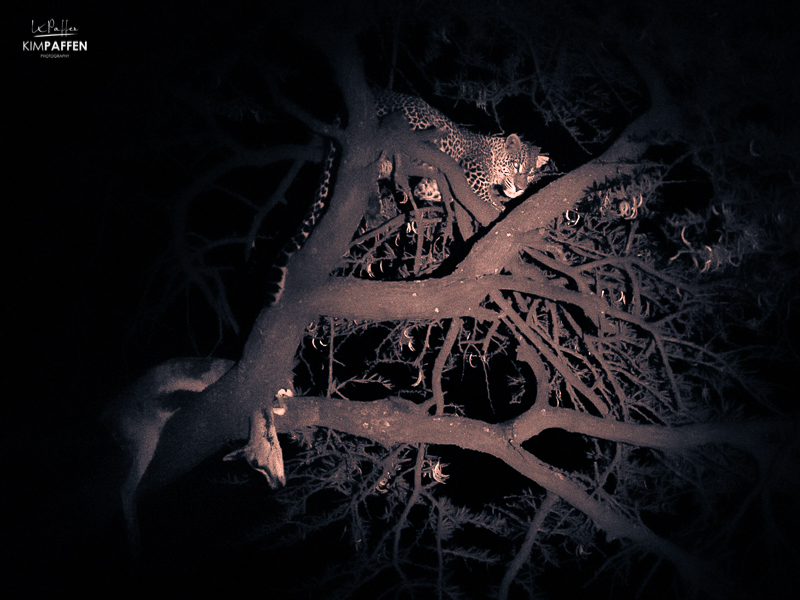
4. Find a guide with an eye for photography
Normally you cannot choose your guide for your safari, but by doing detailed research, like searching for reviews and references, you can increase your chances of finding a guide with an eye for photography.
Guides with an interest and eye for photography will understand how to get you in the right position for a perfect shot. They will anticipate the lights and movements of the animals, and they will always find the best positioning for the vehicle. To get the best out of your photography, your guide has to be committed to leaving in the early morning and staying out for a longer amount of time than on a regular game drive .
Use your guide’s knowledge to capture the best photos. Local guides perfectly know the animal’s habits, territories, and behavior. Tell your guide what’s important for you and what kind of photos you would like to capture. Take advantage of their knowledge and advice!
If you come on a photo safari with me , I can assure you that I work with highly knowledgeable and qualified driver/guides . And as a qualified guide myself with an expertise in photography, we form a great team to give you the best possible safari experience.
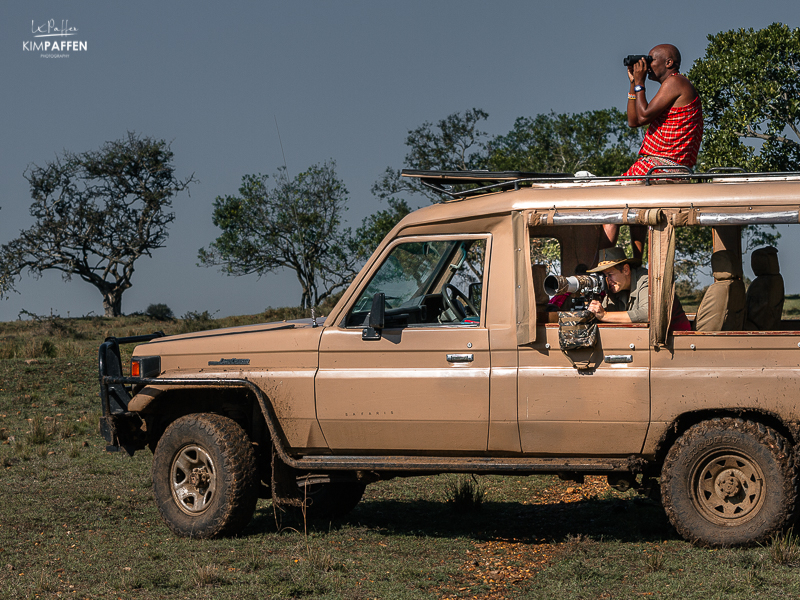
5. The right photography gear for a photo safari
If you are an advanced photographer, I would definitely recommend bringing one, or preferably two, DSLR (Digital Single Lens Reflex) cameras with exchangeable lenses .
With two cameras (bodies) and different lenses, you can easily switch cameras. For example, when wildlife comes closer, or you want to capture an animal in different contexts, like a wide shot to capture wildlife in its environment and close-ups. In the worst case, when anything happens to one camera, you have a second to continue photographing.
Zoom lens and wide-angle lens
The best zoom lenses for wildlife photography are in the range of 200-600 mm. Zoom lenses with a focal length of 300+ mm are great for capturing wild animals or birds, while more wide-angled lenses are great to capture the beautiful environment or stunning African sunsets. For a crop camera, a zoom lens of 300mm should be ideal. If you’re using a full-frame camera, I would suggest a lens that can reach 400mm zoom. If you are a keen birder, then the more zoom your lens has, the better. For example, 600mm is perfect for bird photography .
Keep in mind that Africa’s wildlife is most active in the early morning and late evening, which means the lights can be challenging. For that reason, it will be better to bring lenses with larger apertures (f/2.8) and to use a camera that can increase the ISO without getting too much noise in your photo.
Other photography accessories
Apart from the camera and lenses, it's advisable to bring photography accessories like an external hard drive to secure your photos, plenty of memory cards, extra batteries, cleaning wipes, a charger, a camera bag, and a rain cover. To provide stability for your camera, you can also bring a beanbag, monopod, and/or tripod on safari.
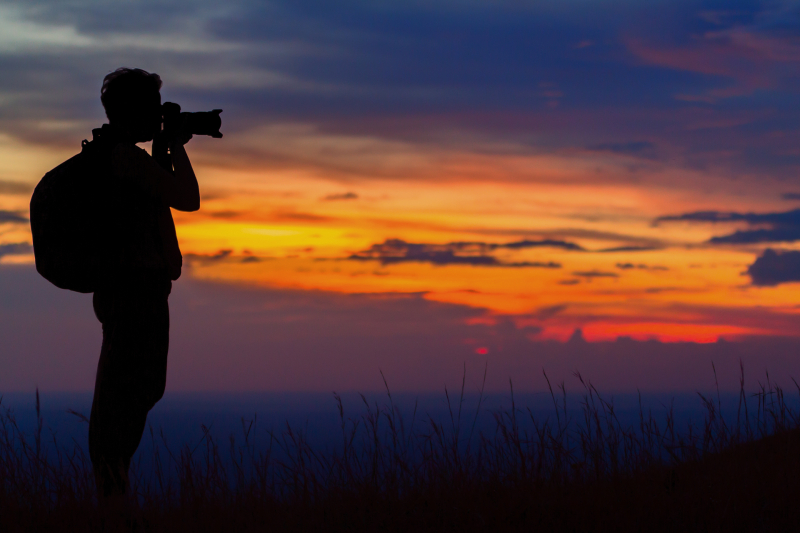
In the above image captured in Uganda , I carry a 16-35mm wide-angle lens for landscape photography as part of my photography gear
6. Know your camera
Having the most expensive camera doesn’t mean you’ll shoot the best images because whatever camera you bring, it’s extremely important to know how to use it. You will be disappointed if you invested a lot of money in camera gear and your pictures are too dark or blurry.
To practice and learn how to use your camera, you can read the instruction manual, watch some tutorials on YouTube, and most importantly practice with different settings and conditions before you're going on a photo safari to Africa. Practice on your dog, take photos in a park or forest, and do whatever you can to get more familiar with your camera and its features. It’s essential to understand the different settings to adjust to different conditions.
If you don’t have the time, motivation, skills, or if there’s any other reason why it’s not possible to learn how to make good photos, please save your money and enjoy the experience. You can try to take photos with your smartphone or a compact (zoom) camera because nowadays, the cameras on smartphones and compact cameras are pretty good. The most important thing is that you have an interest in (learning) photography.
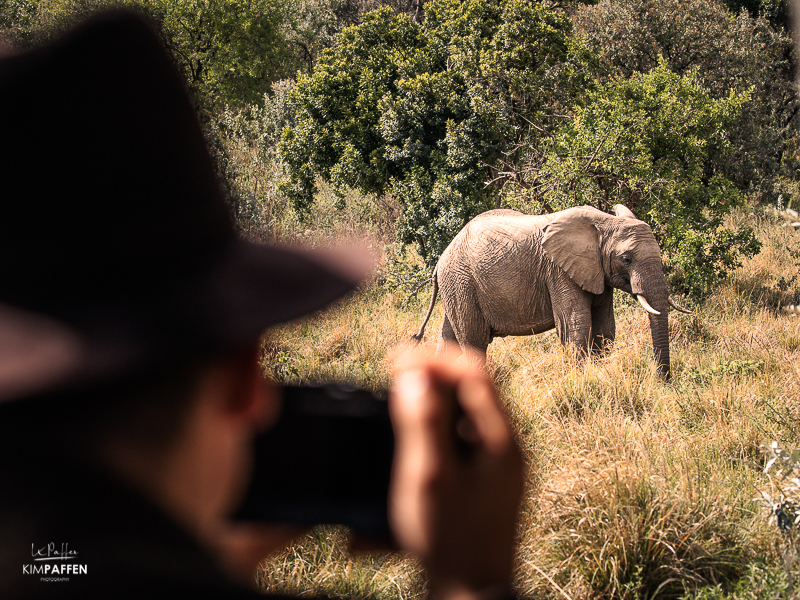
7. Make a suitable itinerary
Photographic safaris often manage a slow and sustainable travel approach to spend enough time at the right places at the right times. The less time you spend in transit, the more time you’ll have for spending on your destination, being in the moment, and encountering and capturing incredible wildlife. On regular safaris, you usually visit more destinations, which means more time in transit. Another big advantage of slow travel is minimizing your impact on the environment and maximizing your appreciation and connection with the local community and their environment . I would always recommend spending at least three nights at each safari accommodation .
For photography, it’s extremely important to have time and patience. Wildlife is unpredictable and not always active.
When planning your trip, find a good balance between the number of destinations and the time you want to spend photographing wildlife on game drives .
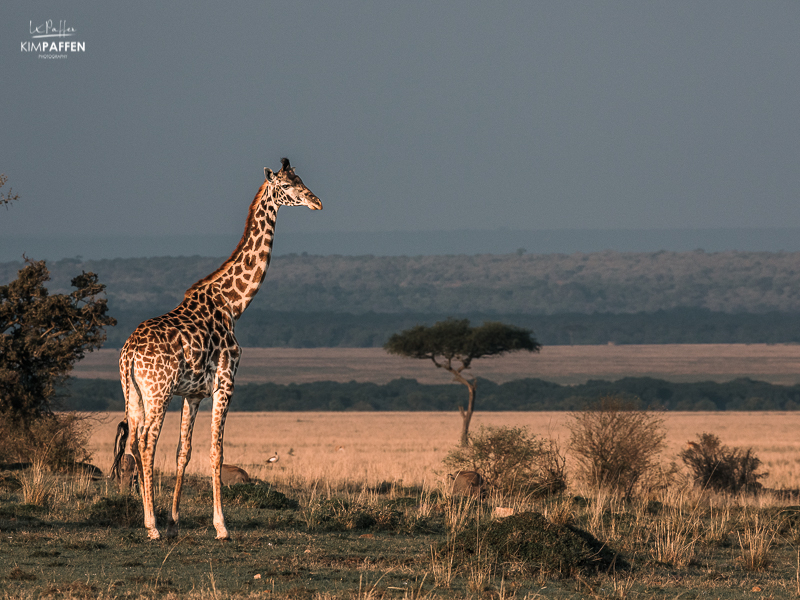
Customized Photo Safari Experience
Do you want to improve your photography skills and travel with like-minded people? You might want to consider joining my upcoming photo safari in Africa ! Contact me if you are interested.
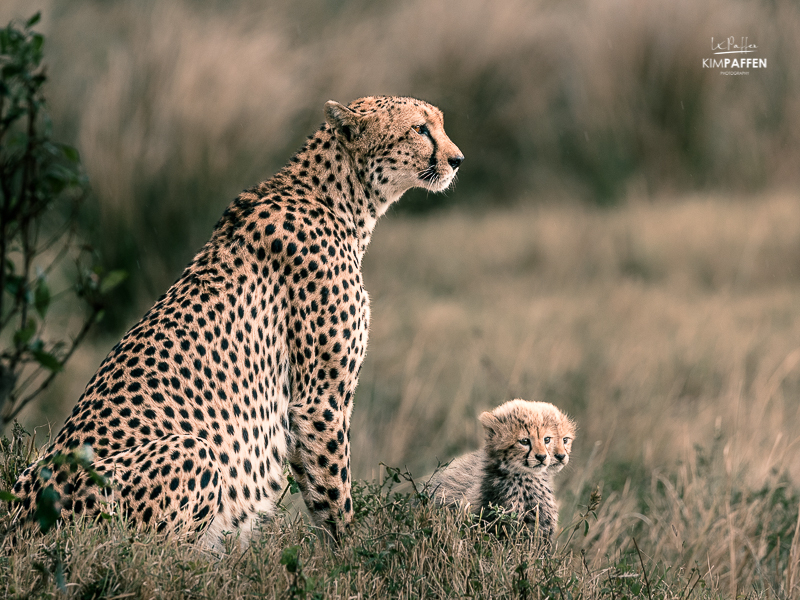
Like what I do? Follow me on my social media channels and help me grow by sharing or pinning this article and leaving a comment.
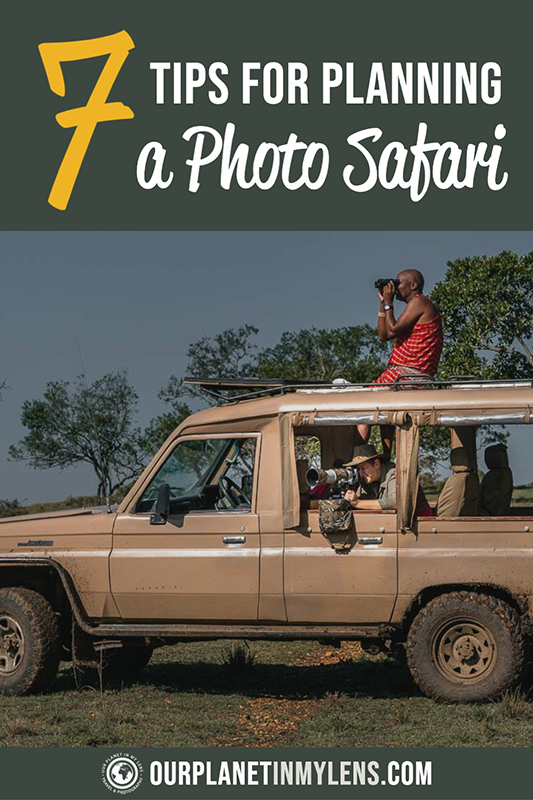
National Geographic content straight to your inbox—sign up for our popular newsletters here

5 Tips for Better Photos on Safari
Get the most out of this once-in-a-lifetime trip.
Every year, flocks of eager tourists set out on safari in hopes of capturing the quintessential wildlife photo. Getting the perfect shot isn’t just about luck—you can improve your odds significantly with some careful planning. Here are a few tips for getting the most out of this once-in-a-lifetime trip.

Choose Your Gear Wisely
Choose a camera setup that will get you close to the action without weighing you down. The easiest way to achieve this is with interchangeable lenses—preferably a zoom lens around 200-400mm and another lens for wide landscape shots. The optimal setup is two cameras: one with a long lens and one with a wide lens. You don’t want to miss the shot because you’re switching lenses right as the lion goes in for the kill, not to mention the dusty conditions that can wreak havoc on an exposed sensor. Avoid taking a tripod since they can be cumbersome and space is limited on the vehicle. Pack extra batteries and memory cards since you’ll have few chances to charge your camera and transfer photos throughout the day. Whatever gear you decide to take, it’s essential to know the ins and outs before your trip—if you’re busy tinkering with a new camera, you’re probably missing out on the action around you.

A guide from the Ol Donyo Lodge looks through his binoculars at sunset in the Chyulu Hills of Kenya. The Lodge offers incredible views of Mount Kilimanjaro.
Go With a Pro
It’s tempting to try and save money by organizing a safari on your own, but it’s worth it to go with a travel specialist, like Safari Professionals . Quality travel advisors can offer small or private tours so you are not fighting for a good view or moving on before you get the shot. A good guide will also have the knowledge and experience with wildlife to ensure you’re in the right place at the right time to capture stunning images. Going at it alone or with an inexperienced operator may lead to missed opportunities and subpar photos.

Light is Key
The essence of good photography comes down to good light, and nature photography is no exception. It doesn’t matter how expensive your gear is, without good light, your photos will be flat and uninteresting. Getting the best possible photos from your trip might mean losing some sleep. Waking up before sunrise will provide the best light and more opportunities for active wildlife since many animals retreat to rest in the shade during the heat of the day. Similarly, dusk is an optimal time to capture animals waking up from their afternoon naps as the sun sets on the horizon.

It is tempting to move on from the herd of elephants after snapping a few photos, but patience pays off. In order to get spectacular images, you have to spend time watching the animals. Over time, you can better understand the animal’s behavior and relationships, which will lead to better photos.

- Nat Geo Expeditions
Get a Different Perspective
Game drives are by far the most common way people see wildlife in Africa but there a number of other options. Walking safaris provide opportunities to get on the ground and see things that might be overlooked in a vehicle. Biking tours are a great way to be more active while on safari but they are not ideal for photography since bikes and cameras don’t mix well together. For those looking to splurge, safari operators like Scenic Air Safaris will give you a whole new view of Africa. Unlike most safari companies, Scenic Air Safaris is one of the few operators that specializes in low level flying, giving you a unique view of the landscape and animals while on route to your destination. Scenic Air Safaris also offers access to leading endangered animal experts while you are on a trip. A variety of different animal experts, from cheetahs to African wild dogs, are on hand throughout your safari to provide priceless insight into each animal's behavior and what actions are being taken on the ground to preserve the species and its habitat.
FREE BONUS ISSUE
Related topics.
- WILDLIFE PHOTOGRAPHY
- PHOTOGRAPHY TIPS
- TRAVEL PHOTOGRAPHY
- PHOTOGRAPHY
You May Also Like

The Masterclasses 2023: 10 practical tips to help you succeed as a travel photographer

Desert hikes and camping under the stars on a budget safari in Namibia

Maasai Mara & beyond: 5 must-see safari parks in Kenya

How I got the shot: Jonathan Gregson on witnessing Uganda's wallowing hippos

How I got the shot: Ben Pipe on coming face to face with a lion
- Environment
- Perpetual Planet
- History & Culture
History & Culture
- History Magazine
- Mind, Body, Wonder
- Terms of Use
- Privacy Policy
- Your US State Privacy Rights
- Children's Online Privacy Policy
- Interest-Based Ads
- About Nielsen Measurement
- Do Not Sell or Share My Personal Information
- Nat Geo Home
- Attend a Live Event
- Book a Trip
- Inspire Your Kids
- Shop Nat Geo
- Visit the D.C. Museum
- Learn About Our Impact
- Support Our Mission
- Advertise With Us
- Customer Service
- Renew Subscription
- Manage Your Subscription
- Work at Nat Geo
- Sign Up for Our Newsletters
- Contribute to Protect the Planet
Copyright © 1996-2015 National Geographic Society Copyright © 2015-2024 National Geographic Partners, LLC. All rights reserved
African Safari Tours
- Arusha, Tanzania
- [email protected]
- Call/ Whatsapp +255 745504340


Everything You Need To Know About Africa Photo Safaris
All you need to know about planning a photo safari in africa..
Africa Photo Safaris: A captivating blend of adventure, wildlife encounters , and photography education, these specialized tours are designed for photographers of all levels who wish to explore and capture the beauty of Africa’s wildlife and wilderness through their lenses. As an East Africa-based tour operator with over 10 years of experience, Africa Safaris introduces you to the magic of Africa photo safaris. For photography enthusiasts, embarking on an African photo safari is a dream come true.
For photography enthusiasts, embarking on an African photo safari is a dream come true. From the vast savannas of the Serengeti to the dense jungles of the Congo, Africa provides a wealth of opportunities to capture stunning images of its wildlife and landscapes. In this comprehensive guide, we’ll delve into everything you need to know about Africa photo safaris, from choosing the right destination to essential gear and photography tips.
Why Choose Africa for Wildlife Photography?
Africa, known as the cradle of life, offers unparalleled opportunities for wildlife photography. Here’s why:A few questions: where would you go for a first trip to Africa? Are there particular locations/parks/reserves and guides that you’d recommend?
Diverse Wildlife:
From the vast savannahs of the Serengeti to the lush wetlands of the Okavango Delta, Africa boasts a wide range of ecosystems that support an abundance of wildlife species. Whether it’s the majestic African elephants, the elusive big cats, or the vibrant birdlife, Africa provides photographers with endless opportunities to capture awe-inspiring images.
Stunning Landscapes:
Picture-perfect sunsets, rolling hills, dramatic mountains, and expansive plains—Africa’s landscapes are a canvas waiting to be photographed. The Masai Mara, the Etosha National Park, and the Queen Elizabeth National Park are just a few examples of the breathtaking scenery you’ll encounter.
Unique Cultural Heritage:
Beyond wildlife, Africa’s rich cultural heritage adds depth to your photography. Interact with local communities, learn about their traditions, and capture candid moments that tell powerful stories. Conservation Efforts: Africa’s commitment to conservation ensures that wildlife and their habitats are protected. Many national parks and reserves implement sustainable tourism practices, safeguarding the natural heritage for future generations.
Benefits of Joining a Photo Safari Tour
Expert Guidance: Learn from experienced guides who understand both photography and the African wilderness. They’ll help you find the best angles, lighting, and compositions. Access to Prime Locations: Photo safaris take you to the heart of wildlife action. Imagine photographing a lioness and her cubs against the backdrop of the Serengeti.
How to Prepare for an Africa Photo Safari
Choose the Right Time: Research the best time to visit based on wildlife migrations, weather, and specific events. Select a Reliable Operator: Opt for a reputable tour operator like us for Africa Safaris. Gear Up: Bring the right camera and lenses. Telephoto lenses are essential for capturing distant wildlife. Know Your Camera: Familiarize yourself with your camera settings to capture those split-second moments. Create an Itinerary: Plan your days to maximize photography opportunities.
Top Destinations for Africa Photo Safaris
Serengeti National Park, Tanzania: Witness the Great Migration and capture iconic scenes. Masai Mara
National Reserve, Kenya: Home to the Big Five and stunning landscapes. Queen Elizabeth National Park, Uganda: Explore diverse ecosystems and photograph tree-climbing lions. Kruger National Park, South Africa: Abundant wildlife and varied terrain. Okavango Delta, Botswana: A water wonderland teeming with wildlife.
Ethics and Conservation
Responsible Photography: Respect wildlife and their habitats. Keep a safe distance and avoid disturbing animals. Support Local Conservation: By participating in photo safaris, you contribute to conservation efforts.
Capture the Essence of Africa
Embrace the adventure, immerse yourself in the natural wonders, and let Africa’s magic unfold through your lens
Equipment and Techniques for Africa Photo Safaris
Equipment: Pack a DSLR or mirrorless camera with telephoto lenses (200mm to 600mm), extra batteries, memory cards, and a sturdy tripod. Don’t forget essentials like lens cleaning kits and protective gear for dusty environments.
Techniques for Successful Safari Photography: Master composition by framing shots carefully and using leading lines. Utilize golden hour lighting for warm, soft tones. Experiment with selective focus to isolate subjects and varying depths of field for landscapes. Exercise patience and observation to capture authentic wildlife moments while respecting their natural behavior and habitat.
Essential Accessories for Wildlife Photography:
Telephoto Lens: Capture distant subjects with clarity and detail. Tripod: Ensure stability for sharp images, especially in low light conditions. Bean Bag: Provide support for your camera when shooting from a vehicle or uneven terrain. Remote Shutter Release: Minimize camera shake for long exposures or remote wildlife photography. Lens Cleaning Kit: Keep your lenses free from dust, smudges, and water droplets. Weather Protection: Protect your gear from rain, dust, and harsh weather conditions with rain covers and protective sleeves.
Techniques for Capturing Stunning Wildlife Photos
Patience and Observation: Spend time observing animal behavior to anticipate movements and capture authentic moments.
Composition: Frame your shots carefully, utilizing leading lines and the rule of thirds for visually appealing images.
Lighting: Make use of the golden hours—early morning and late afternoon—for soft, warm light that adds depth to your photos.
Focus and Depth of Field: Use selective focus to draw attention to your subject and experiment with depth of field for creative effects.
Respect Wildlife: Prioritize the well-being of animals, maintaining a safe distance and avoiding disturbance for ethical photography.
Wildlife Photography Ethics and Conservation
Wildlife photography ethics prioritize the well-being of animals and their habitats. Respect their space, avoid disturbing natural behaviors, and prioritize conservation efforts. Photographers should never endanger wildlife for a shot and should strive to educate viewers about the importance of conservation through their images.
Conservation efforts aim to protect species and their environments, preserving biodiversity for future generations. By adhering to ethical guidelines and supporting conservation initiatives, wildlife photographers play a crucial role in raising awareness and promoting sustainable practices in nature photography.
Responsible Wildlife Photography Practices
Responsible wildlife photography practices prioritize the well-being of animals and their habitats. This entails maintaining a respectful distance, avoiding disruption to natural behaviors, and refraining from baiting or provoking wildlife.
Photographers should prioritize conservation efforts, supporting ethical tour operators and minimizing their environmental impact. By practicing restraint and respecting wildlife, photographers can capture stunning images while preserving the integrity of the natural world.
Tips for a Memorable Africa Photo Safari Experience
Timing is Key: Plan your safari during the dry season for optimal wildlife sightings and vibrant landscapes.
Pack Light, Shoot Big: Bring versatile camera gear and essentials like extra batteries and memory cards.
Embrace Golden Hours: Capture the magic of sunrise and sunset for soft, golden light and dramatic silhouettes.
Patience Pays Off: Spend time observing wildlife behavior for authentic shots and memorable moments.
Respect and Preserve: Respect wildlife and their habitats; leave only footprints and take only photographs.
Photography Tips for Beginners
Capturing stunning wildlife images requires patience, skill, and a good understanding of photographic techniques. Here are some tips to help you make the most of your African photo safari:
Composition: Pay attention to composition by framing your shots carefully and considering elements such as leading lines, symmetry, and the rule of thirds to create visually appealing images.
Lighting: Make the most of the golden hours—early morning and late afternoon—when the light is soft and warm, casting long shadows and adding depth to your photographs. Avoid harsh midday sun, which can result in overexposed or washed-out images.
Focus and Depth of Field:
Use selective focus to draw attention to your subject and create a sense of depth in your photos. Experiment with shallow depth of field to blur the background and isolate your subject, or increase depth of field for landscapes to ensure everything is in sharp focus.
Patience and Observation:
Wildlife photography requires patience and a keen eye for observation one of essential Safari Photography Tips for Your African Holiday. Spend time observing animal behavior and anticipating their movements to capture authentic moments and unique expressions.
Respect Wildlife:
Remember to always prioritize the well-being of the animals and respect their natural habitat. Maintain a safe distance and avoid disturbing or provoking wildlife for the sake of a photograph.
Conclusion: Africa Photo Safaris
Embarking on an African photo safari is an unforgettable experience that offers the opportunity to capture breathtaking images of the continent’s incredible wildlife and landscapes Everything You Need to Know About Planning a Photo Safari in Africa.
By choosing the right destination, planning your safari carefully, and mastering essential photography techniques, you can create a stunning portfolio of images that will transport viewers to the heart of Africa’s wilderness. So pack your camera gear, embrace the adventure, and get ready to embark on the safari of a lifetime. Happy shooting.
What is an Africa photo safari?
An Africa photo safari is a guided or self-driven photographic expedition in various African countries to capture wildlife, landscapes, and cultural experiences through photography.
What destinations are popular for Africa photo safaris?
Popular destinations include Kenya (Maasai Mara), Tanzania (Serengeti, Ngorongoro Crater), Botswana (Okavango Delta), South Africa (Kruger National Park), and Namibia (Sossusvlei, Etosha National Park).
When is the best time to go on an Africa photo safari?
The best time depends on your preferred destinations and interests. Generally, dry seasons offer optimal wildlife viewing, while wet seasons can be ideal for dramatic landscapes and bird photography.
What camera equipment do I need for an Africa photo safari?
You’ll need a DSLR or mirrorless camera with telephoto lenses (200mm to 600mm), wide-angle lenses for landscapes, extra batteries, memory cards, and a sturdy tripod.
Do I need photography experience to go on an Africa photo safari?
No, both beginners and experienced photographers can enjoy Africa photo safaris. Guides often provide assistance, and there are opportunities to learn and improve your photography skills during the trip.
How long do Africa photo safaris typically last?
Safaris can range from a few days to several weeks, depending on your itinerary and preferences. Many tours offer customizable options to suit different schedules.
Are Africa photo safaris safe?
When conducted with reputable operators and following safety guidelines, Africa photo safaris are generally safe. It’s essential to listen to guides, respect wildlife, and adhere to park rules.
What types of wildlife can I expect to see on an Africa photo safari?
You can encounter a wide range of wildlife, including the Big Five (lion, elephant, buffalo, leopard, and rhinoceros), giraffes, zebras, cheetahs, wildebeests, hippos, crocodiles, and various bird species.
How do I book an Africa photo safari?
You can book through specialized tour operators, travel agencies, or directly with lodges and camps in your chosen destination. Research and compare options to find the best fit for your budget and interests.
What should I pack for an Africa photo safari?
Pack lightweight, breathable clothing in neutral colors, sturdy walking shoes, a wide-brimmed hat, sunscreen, insect repellent, and a small backpack. Don’t forget your camera gear, binoculars, and any personal items you may need.
Comments are closed.

Enquire Now
21 Best Photography Tips for African Safari (2023 Updated)
If you’re heading to Africa soon and looking for advice on how to take the most memorable wildlife images, you’re in the right place!
Over the years, we’ve welcomed numerous amateur and professional photographers. In so doing, we’ve gathered 21 safari photography tips to help you plan ahead and get the most out of your safari photography.
These tips are a sure-fire way to make your vacation an eye-watering and visual success.
1. Go At The Right Time
No matter where in Africa you’re heading, the time of years will impact the game viewing and, therefore, your safari photography experience. Seasonality depends on the region.
In Zambia, for instance, travelling during the rainy season comes with amazing skies and green scenery. However, thick bush and difficult road access will limit wildlife sightings.
Coming in October will allow for exciting predator activity at the cost of extreme heat and dust – and monotonously brown background. And it’s not just the weather but also the type of wildlife and its behaviour that you must consider.
Is it denning time for the African Wild Dogs? Will Southern Carmine Bee-Eaters be nesting? Will there be baby impalas to photograph?
Read our Best Time to Visit Zambia blog for more travelling tips.
2. Select The Correct Safari Photography Equipment
There are a lot of blogs and literature out there that will talk extensively about the pros and cons of various safari photography equipment and what to pack.
Of course, this will vary depending on your photographic experience, your readiness to spend money on new items, and your itinerary and transport.
DSLR or Mirrorless Camera
A DSLR (Digital Single-Lens Reflex) is still to this day the preferred type of camera for professional photographers mainly because the image shown through the viewfinder is “real,” which means it is “trusted.”
A mirrorless camera creates the preview electronically. These cameras are gaining popularity due to their portability and lighter weight, and the selection of interchangeable lenses is getting wider for them too.
Bring a Long Lens
The usual recommendation is at least 300mm, which allows for more flexibility and less frustration.
But don’t leave the standard lens at home; you’ll need it for landscapes too. Some excellent zoom lenses now cover wide ranges of focals, making them versatile.
Camera Support for Stabilisation
3. don’t have it rent it.
Not everybody can afford to spend thousands on safari photography equipment and lenses on top of the safari cost. Renting is an option, and you can get much better gear at a fraction of the price.
This is especially true with enormous zoom lenses you wouldn’t otherwise use at home. Talk to your local camera store as they will likely offer rentals or recommendations.
Keep in mind that it is better to rent excellent quality equipment than buy cheap. It’s also common for avid photographers to rent photography equipment as a trial before committing to buying it.
Are you planning a safari? Download our in depth Zambian Safari planning guide!
4. the best settings.
Our first handy tip is for you to use auto-focus! Modern cameras have fast and efficient auto-focus systems.
Also, make sure you use the continuous setting. Since the animals will continuously move, the auto-focus will come in handy. The exception is in a very bushy environment with grass between you and the subject. In addition:
- Don’t use Multi Point Focus which lets your camera choose from multiple focus points (because the camera doesn’t differentiate a lion from a tree)! Instead, using a single focus point is usually recommended. And this doesn’t mean only the central focus point; it’s good to try various points depending on the scene and composition.
You can read more about Autofocus settings on this excellent blog by Ed Selfe , a South Luangwa-based wildlife photographer and guide.
- Shutter Speed. This setting will primarily determine the sharpness of the image. If the animals are static, you would probably start with a speed of 1/400sec. But if they are running, or you’re shooting flying birds, then you’ll be looking at 1/3200sec.
- Aperture. This controls the depth of field of the image, and you can play around depending on your creativity. But this will also depend on the quality of the lens. A wide aperture (f4, f5.6) will reduce the depth of field, isolating the subject with a blurry background.
- ISO. This controls the sensor’s sensitivity and is the third variable that will affect your speed and aperture. Using Auto ISO helps correctly expose the image using a good combination of the above. Just beware of grain caused by high ISO.
- Most wildlife photographers will use the Aperture mode: you set the aperture for the desired result, and the camera sets the speed.
- It’s essential to check that it is realistic (handheld vs. tripod, light, etc.) and, if not, simply adjust the ISO to reach the desired speed.
Ed Selfe has written another excellent blog on the basic settings. Read it here .

Newsletter – December 2023

NEWSLETTER – OCTOBER 2023

Newsletter – August 2023

Newsletter July 2023 celebrating our 25th anniversary
Sign up to our newsletter & receive our safari planning guide, related posts.

Zambia vs Botswana: Which to Choose for Your Next Safari
Embarking on a safari adventure is a dream for many, and when considering Zambia vs Botswana, both countries emerge as prime contenders. Each destination offers

Cost of Zambian Safari: How Much Is An African Safari?
An African safari is a lifetime dream for many adventure seekers and wildlife enthusiasts around the world. The enticement of witnessing magnificent landscapes and encountering

About African Safari Game Drives
We tell you what a game drive is, what the different types of game drives and itineraries are usually offered, and a lot more!
Newsletter Signup

Quick Links
Make an enquiry
Sign up to receive instant access to our in depth Zambian Safari Planning Guide . You’ll receive our monthly safari updates, inspiring stories and exclusive tips and goodies, right from the heart of South Luangwa.

- Photo Expeditions
- Photo Expeditions are led by accomplished photographers and instructors who are also professional naturalist guides—wildlife experts who understand animal patterns and behaviors, and who know how and where to position you for the best photo opportunities.
- While all our trips feature small groups, Photo Expeditions travel with even fewer guests , to ensure unimpeded access to the best shots, plenty of room for your gear aboard our vehicles, and the utmost in flexibility to pursue photo opportunities as they arise.
- Slower pacing and longer days in the field allow patience to pursue the shots that require it. We often rise early and linger through sunset to capitalize on the best light.
- Some Photo Expeditions also include extra weight allowance on select flights to accommodate equipment—a key inclusion in certain destinations, especially when you compare allowances for African safaris.
- You'll get all the personal attention you need from our outstanding photographer guides, who provide one-on-one coaching tailored to each guest’s interests and ability.
- Photo Expeditions also include special training and workshops on everything from composition and lighting to editing and post-processing techniques.
Canada's Premier Polar Bear Photo Expedition
Tundra lodge photo expedition, northern lights & arctic exploration photo expedition, secluded botswana photo expedition, botswana: kalahari, the delta & beyond photo expedition, wild namibia photo expedition, botswana & namibia photo expedition, secluded south africa photo expedition, madagascar wildlife photo expedition, kenya migration safari photo expedition, tanzania migration & ngorongoro crater photo expedition, ultimate gorilla photo expedition, alaska bear quest photo expedition, alaska grizzly encounter photo expedition, ultimate alaska wildlife photo expedition, bears of brooks falls photo expedition, east greenland arctic photo expedition, ultimate iceland photo expedition, belugas, bears & summer wildlife of churchill photo expedition, glacier & waterton lakes photo expedition, peaks, lakes & meadows of the canadian rockies photo expedition, yellowstone: ultimate wolf & wildlife photo expedition, hidden yellowstone & grand teton photo expedition, grand canyon, bryce & zion photo expedition, the wild side of china photo expedition, the wilds of borneo: orangutans & beyond photo expedition, wild & ancient himalaya: nepal & bhutan photo expedition, india tiger photo expedition, snow leopard quest photo expedition, kingdom of the monarchs photo expedition, patagonia wilderness & wildlife photo expedition, jaguars & wildlife of brazil's pantanal photo expedition, galapagos wildlife photo expedition, canada's premier polar bear adventure, tundra lodge adventure, northern lights & arctic exploration, secluded botswana safari, botswana: kalahari, the delta & beyond, secluded south africa, madagascar wildlife adventure, the great kenya migration safari, tanzania’s great migration & ngorongoro crater, ultimate gorilla safari, alaska grizzly encounter: kodiak to katmai, ultimate alaska wildlife safari, east greenland arctic adventure, belugas, bears & summer wildlife of churchill, glacier & waterton: an international treasure, peaks, lakes & meadows of the canadian rockies, yellowstone: ultimate wolf & wildlife safari, hidden yellowstone & grand teton safari, grand canyon, bryce & zion, the wild side of china: a nature odyssey, the wilds of borneo: orangutans & beyond, wild & ancient himalaya: nepal & bhutan, kingdom of the monarchs, patagonia wilderness & wildlife explorer, jaguars & wildlife of brazil's pantanal.
Get Weekly Updates
Our weekly eNewsletter highlights new adventures, exclusive offers, webinars, nature news, travel ideas, photography tips and more.

Request Your 2023 Catalog
Discover the World's Best
Nature Travel Experiences

Together, Natural Habitat Adventures and World Wildlife Fund have teamed up to arrange nearly a hundred nature travel experiences around the planet, while helping to protect the magnificent places we visit and their wild inhabitants.

Get Weekly Updatess

Our weekly eNewsletter highlights new adventures, exclusive offers, webinars, nature news, travel ideas, photography tips and more. Sign up today!
Look for a special welcome message in your inbox, arriving shortly! Be sure to add [email protected] to your email contacts so you don’t miss out on future emails.
Send Us a Message
Have a question or comment? Use the form to the right to get in touch with us.
We’ll be in touch soon with a response.
Refer a Friend
Earn rewards for referring your friends! We'd like to thank our loyal travelers for spreading the word. Share your friend's address so we can send a catalog, and if your friend takes a trip as a first-time Nat Hab traveler, you'll receive a $250 Nat Hab credit you can use toward a future trip or the purchase of Nat Hab gear. To refer a friend, just complete the form below or call us at 800-543-8917. It's that easy! See rules and fine print here.
We've received your friend's information.
View Our 2023 Digital Catalog
View Our 2024/2025
Digital Catalog
Thanks for requesting access to our digital catalog. Click here to view it now. You’ll also receive it by email momentarily.

Polar Bear Tours

African Safaris

Galapagos Tours

Alaska Adventures

U.S. National Parks Tours

Canada & the North

Europe Adventures

Mexico & Central America Tours

South America Adventures

Asia & Pacific Adventures

Antarctica & Arctic Journeys

Adventure Cruises

Photography Expeditions

Women's Adventures

Family Adventures

New Adventures
Questions? Call 800-543-8917
Have a question or comment? Click any of the buttons below to get in touch with us. Hours Mountain Time
- 8 am to 5 pm, Monday - Friday
- 8 am to 3 pm on Saturday
- Closed on Sunday

East Africa
Southern africa.
- South Africa
- EXPERIENCES
BEST COUNTRIES
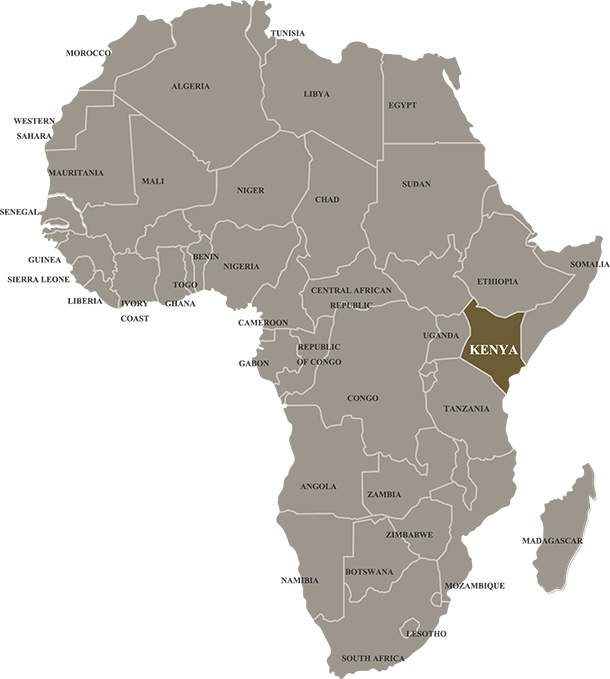
- Mount Kilimanjaro

- Latest From the Bush
Your Gateway to Photo Safaris
Setting up the shot you've dreamed of, private and family safaris in eastern and southern africa.
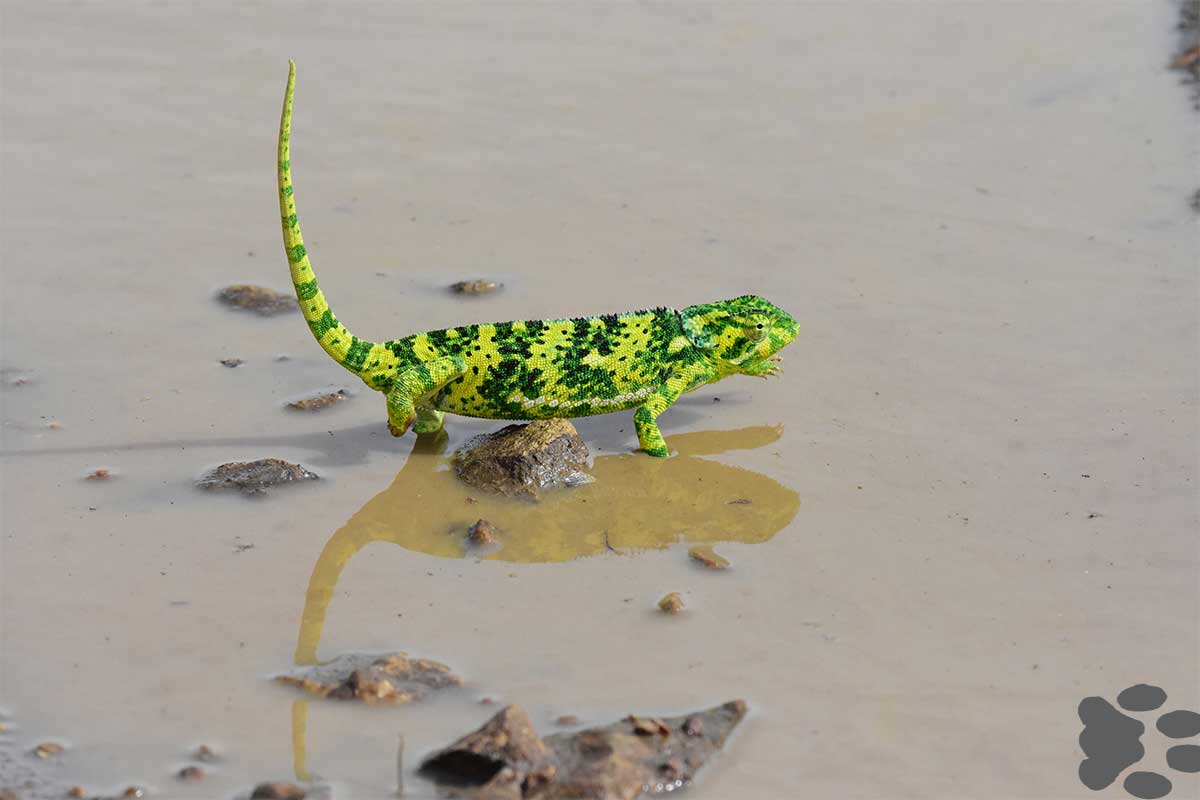
Ngarenanyuki River

The Boma Kopjes
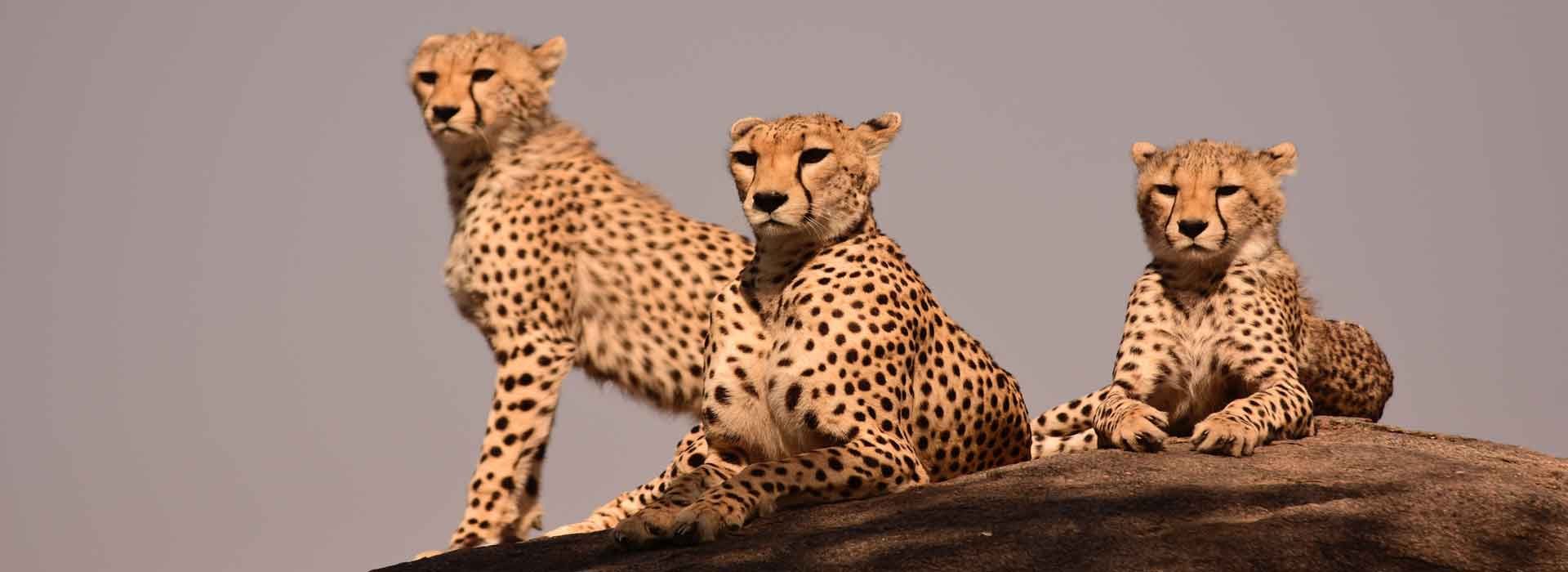
Barafu Kopjes and Gorge
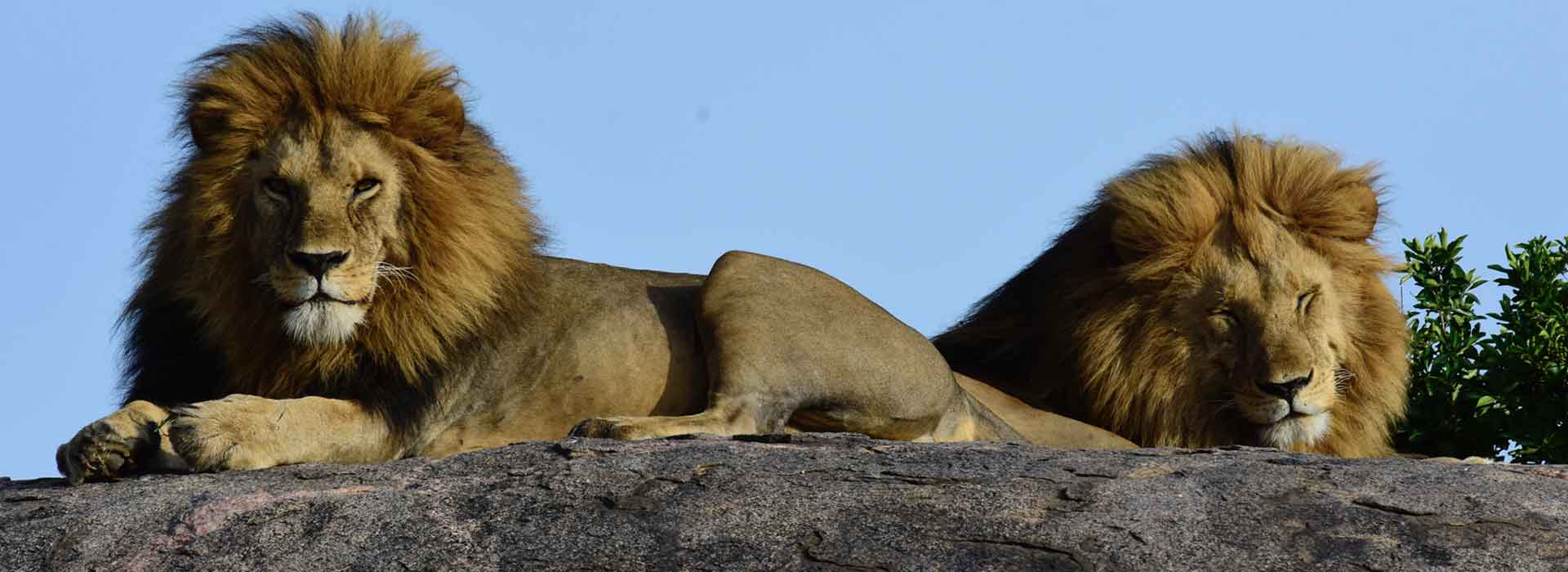
Sametu Marsh and Kopjes
Latest from the bush here we share stories by our guides and our travelers of their tales and adventures while on safari., what our travelers are saying, amazing experience, africa nature photography is great, amazing, exciting safari.

- Photo Safaris
- Stay With Us
- Destinations
- Pangolin Photo Challenge
- Meet the Team
- Conservation

Welcome to Pangolin Photo Safaris
We are africa’s premier photo safari operator and lodge owners. this site contains plenty of information on all our pangolin photo safaris, the destinations that we visit (and call home) as well as wildlife photography tips , video tutorials and inspirational galleries to help you become a better wildlife photographer. when you are ready, we have a team of expert african photo safari planners who are on hand to help you design and build your perfect pangolin photo safari. we look forward to welcoming you on an african photo safari soon..
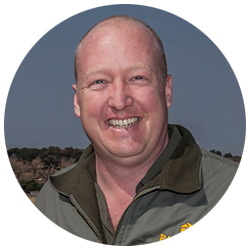
Our Featured Safaris
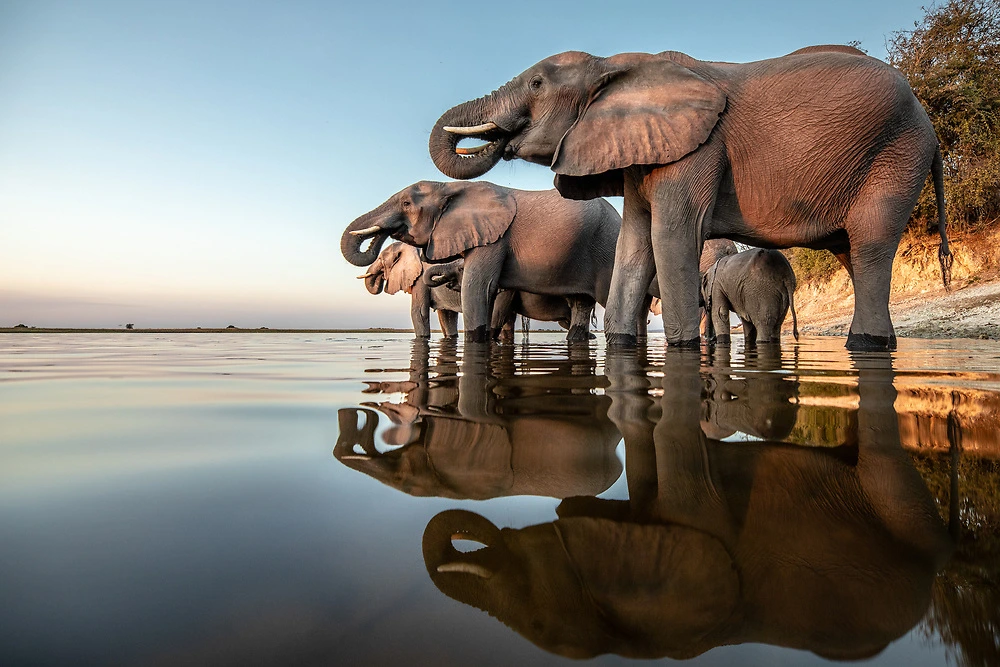
Chobe and Okavango Delta
When: Mar-Nov Duration: 8 Days Price from: USD8,950
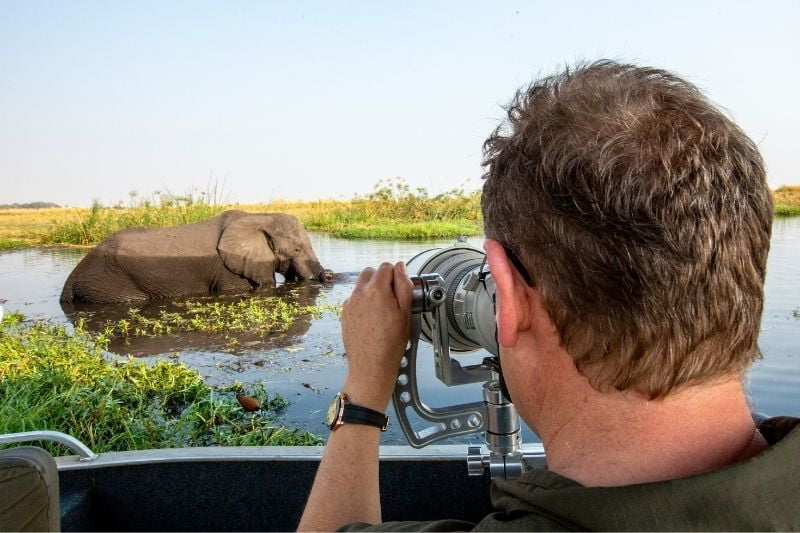
The Best of The Chobe
When: Mar - Nov Duration: 7 Days Price from: USD4,595
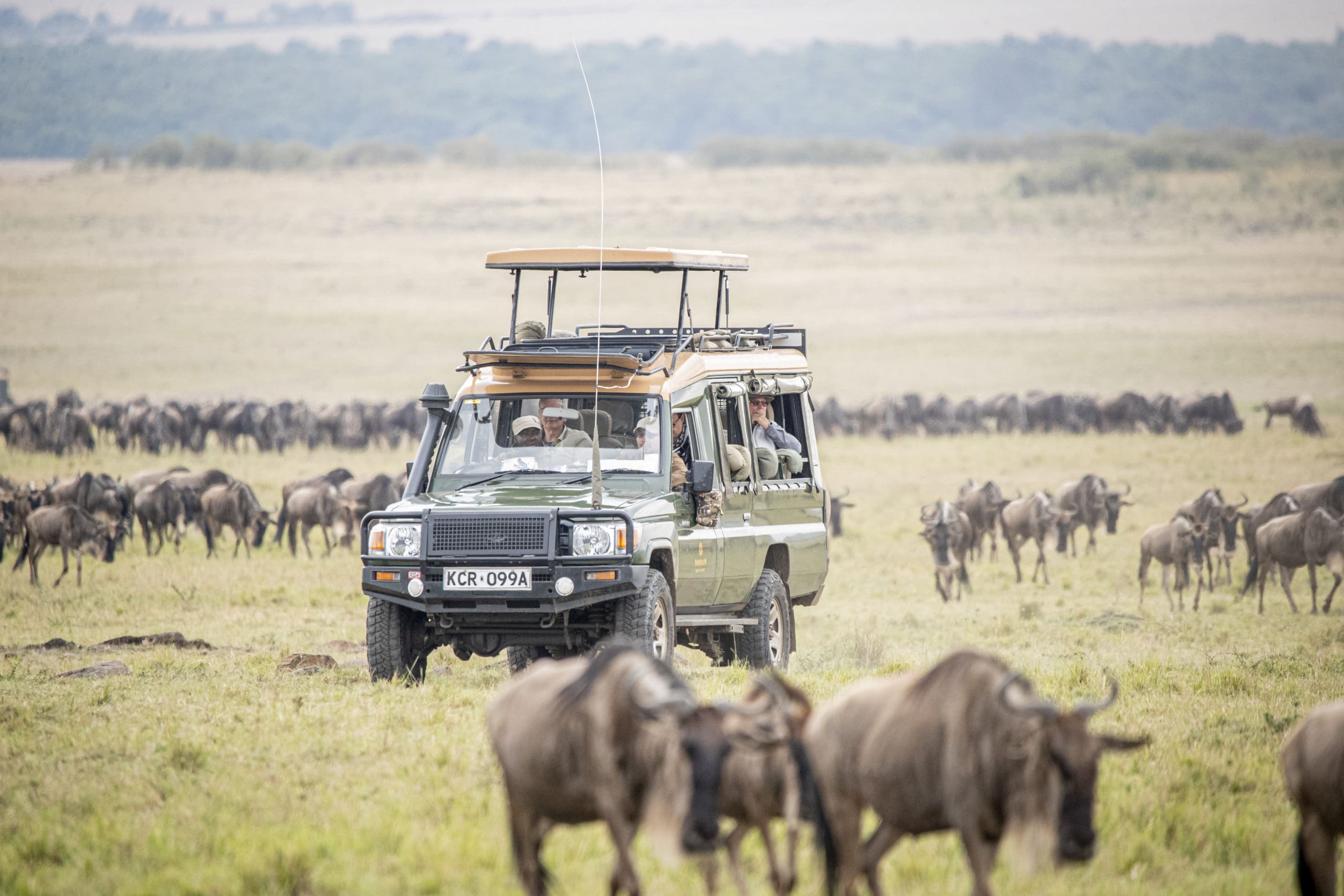
The Great Migration
When: September 2024 Duration: 8 Days Price from: USD9,950
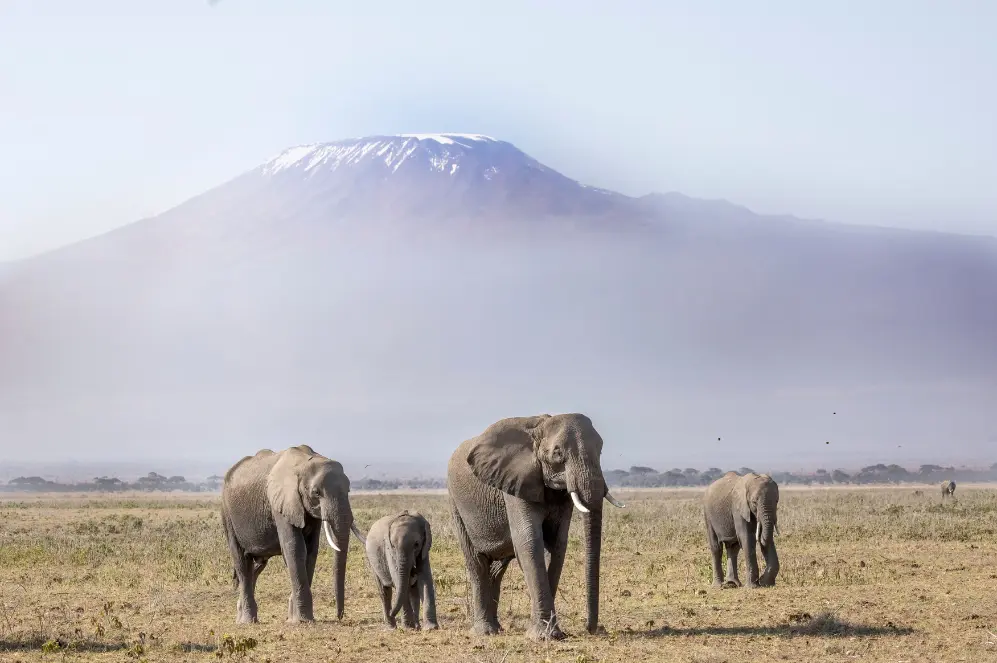
When: February 2025 Duration: 12 Days Price from: USD14,950
Pangolin Places
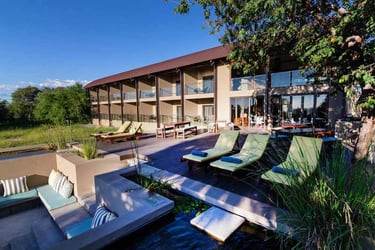
Pangolin Chobe Hotel
Perched on a plateau overlooking The Chobe River and Caprivi Floodplains the Pangolin Chobe hotel is designed around a wildlife photography gallery. With only 14 rooms it is an intimate property and the base for our iconic photo safari experiences.
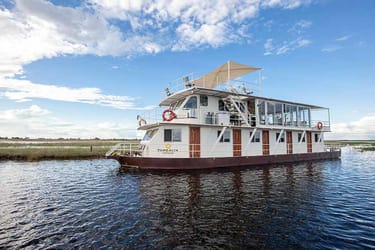
The Pangolin Voyager
Our floating lodge is actually moored on the Namibian side of the Chobe and is the perfect base for families and groups to charter on an exclusive basis. With 5 cabins the Pangolin Voyager can accommodate up to ten guests.
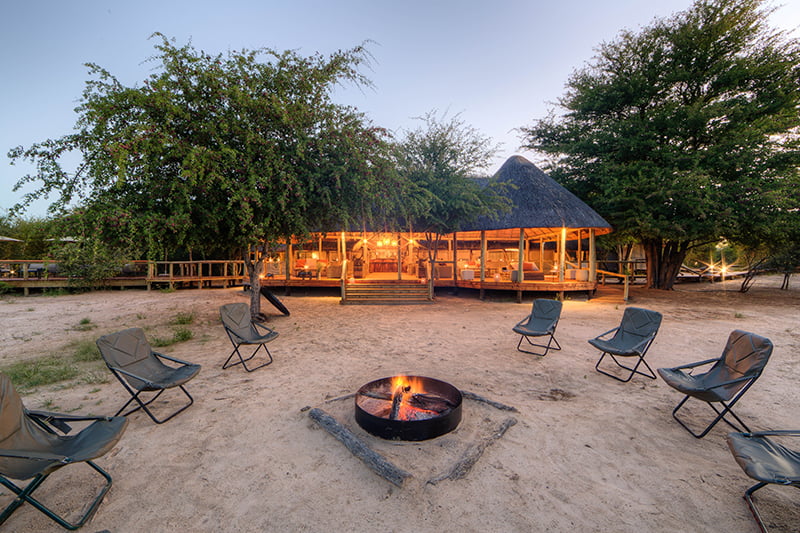
Pangolin Photo Camps
We have teamed up with a selection of highly reputable safari operators to host our Pangolin Photo Camps throughout Southern and East Africa. This gives us plenty of options to visit them at optimal wildlife photography times.

I loved being in and on the Chobe. The amount of game and birds one gets to see really close up is amazing. I am just a happy snapper who enjoys seeing wildlife but with Guts’ fun instruction in easy to grasp chunks I was surprised how much I learnt and the quality of some of my pics.
Never, and I mean never, was so excellent guided!
This is truly the way to do a game drive if visiting Chobe National Park. The people of Pangolin are amazing and turned this game drive into one of the most memorable events in my life!
This was an incredible trip. Pangolin arranged everything and deserves top scores for coordinating the logistics.
The photo boats are incredible, well equipped with all the resources you need to create magical wildlife photography. If you come to the Chobe and don’t do a photo tour with Pangolin you’re missing out!
A wonderful experience, since the photo teachers and guide are very very knowledgable. They bring you in the best position to take your pictures, they know their equipment very well, and by experience, they can almost ‘read’ animal behaviour.
This was the most memorable activity of our holiday! What a treat to be able to use such wonderful camera equipment, with tuition and a guide, in such an amazing location.
These guys know what they are doing! We were with Pangolin for 5 days on a recent two stop photo safari. Pangolin handled the Chobe part of the trip in Kasane and on the Pangolin Voyager houseboat and it was a wonderful experience from start to finish.
We can’t talk more highly of Pangolin and thank them very warmly for a wonderful holiday.

Pangolin Photo Safaris is proud to be the founding partner of a new non-profit organisation dedicated to the conservation of the most highly trafficked wildlife species on the continent: the African Pangolin.
Through a three-pronged approach of Publicity, Participation and Protection, the NGO works with partners in the tourism, conservation and corporate fields with the aim of increasing worldwide awareness of the species; gathering data to contribute towards much-needed research; and implementing protection and rehabilitation projects on the ground.
For more information about this exciting initiative and to join #TeamPangolin visit www.pangolin.africa
Nature photos from Africa
Welcome to safari pic.
On this website you will find a selection of images taken by Will Burrard-Lucas while on Safari in Africa.
A safari is a trip, usually made by a group of people, to observe, watch, photograph and film wildlife. The word safari comes from the Swahili language in which it means journey .
Eco-tourism and Safaris have been vital to the progress of wildlife conservation; the revenue generated from safaris has benefited many National Parks enormously. Awareness generated from safaris for important Conservation issues is also important for the survival of our Planet’s fragile ecosystems.
Proceed to the Gallery for more…
Other Sites
- Wildlife Photography
- Chimp Photos
- Falkland Photos
- Lemur Photos
- Camera Trap Photo
- Pantanal Photos
- Meerkat Photos
- Bird Images

L'expérience photo nature
Créer en 2015, Safari Photo Nature Québec propose des ateliers photo en nature dans l'est du Canada. Jérémie, son fondateur, a une expérience de terrain qui reflètent ses années passées en nature à la recherche de faune et de paysages sauvages.
Photographe
Expert en photographie animalière et de paysages, Jérémie maîtrise les subtilités de tous les fabricants d'appareil photo, du plus simple aux boitiers pro, mais sa spécialité est avec les équipements Nikon.
Avant d'être guide photographe, Jérémie est un humain avec qui il fait bon passer du temps, qui a a coeur la satisfaction de ses clients et qui mettra tout en place pour que tous puissent profiter pleinement de leur expérience.
Découvrez nos ateliers dès maintenant!
Ce que nos clients disent.

"J’ai fait quatre voyages d’une semaine et plus avec Jérémie et je ne compte pas les stages plus courts. Ce que j’apprécie le plus dans l’organisation de Jérémie, c’est la qualité de leur préparation, qui nous garantissent à chaque fois des observations exceptionnelles, comme très peu de guides en proposent réellement. C’est à chaque fois quelque chose d'unique, un mélange bien dosé entre découverte de la nature et travail sur la technique photographique. Pour couronner le tout, l’ambiance des groupes est toujours conviviale. J’ai déjà prévu d’essayer les nouveaux stages qu’il nous proposera au cours des prochaines années."
Notre travail vous plaît ? Contactez-nous pour en savoir plus.
Merci pour votre envoi !
THE BEST Elektrostal Things to Do with Kids
Things to do in elektrostal with kids.
- Good for Kids
- Good for Big Groups
- Adventurous
- Budget-friendly
- Good for a Rainy Day
- Hidden Gems
- Good for Couples
- Honeymoon spot
- Good for Adrenaline Seekers
- Things to do ranked using Tripadvisor data including reviews, ratings, photos, and popularity.

1. Park of Culture and Leisure

Turn Your Curiosity Into Discovery
Latest facts.
13 Facts About Brain Tumor Awareness Month US May
13 Facts About Community Garden Week Apr 1st To Apr 7th
40 facts about elektrostal.
Written by Lanette Mayes
Modified & Updated: 02 Mar 2024
Reviewed by Jessica Corbett

Elektrostal is a vibrant city located in the Moscow Oblast region of Russia. With a rich history, stunning architecture, and a thriving community, Elektrostal is a city that has much to offer. Whether you are a history buff, nature enthusiast, or simply curious about different cultures, Elektrostal is sure to captivate you.
This article will provide you with 40 fascinating facts about Elektrostal, giving you a better understanding of why this city is worth exploring. From its origins as an industrial hub to its modern-day charm, we will delve into the various aspects that make Elektrostal a unique and must-visit destination.
So, join us as we uncover the hidden treasures of Elektrostal and discover what makes this city a true gem in the heart of Russia.
Key Takeaways:
- Elektrostal, known as the “Motor City of Russia,” is a vibrant and growing city with a rich industrial history, offering diverse cultural experiences and a strong commitment to environmental sustainability.
- With its convenient location near Moscow, Elektrostal provides a picturesque landscape, vibrant nightlife, and a range of recreational activities, making it an ideal destination for residents and visitors alike.
Known as the “Motor City of Russia.”
Elektrostal, a city located in the Moscow Oblast region of Russia, earned the nickname “Motor City” due to its significant involvement in the automotive industry.
Home to the Elektrostal Metallurgical Plant.
Elektrostal is renowned for its metallurgical plant, which has been producing high-quality steel and alloys since its establishment in 1916.
Boasts a rich industrial heritage.
Elektrostal has a long history of industrial development, contributing to the growth and progress of the region.
Founded in 1916.
The city of Elektrostal was founded in 1916 as a result of the construction of the Elektrostal Metallurgical Plant.
Located approximately 50 kilometers east of Moscow.
Elektrostal is situated in close proximity to the Russian capital, making it easily accessible for both residents and visitors.
Known for its vibrant cultural scene.
Elektrostal is home to several cultural institutions, including museums, theaters, and art galleries that showcase the city’s rich artistic heritage.
A popular destination for nature lovers.
Surrounded by picturesque landscapes and forests, Elektrostal offers ample opportunities for outdoor activities such as hiking, camping, and birdwatching.
Hosts the annual Elektrostal City Day celebrations.
Every year, Elektrostal organizes festive events and activities to celebrate its founding, bringing together residents and visitors in a spirit of unity and joy.
Has a population of approximately 160,000 people.
Elektrostal is home to a diverse and vibrant community of around 160,000 residents, contributing to its dynamic atmosphere.
Boasts excellent education facilities.
The city is known for its well-established educational institutions, providing quality education to students of all ages.
A center for scientific research and innovation.
Elektrostal serves as an important hub for scientific research, particularly in the fields of metallurgy, materials science, and engineering.
Surrounded by picturesque lakes.
The city is blessed with numerous beautiful lakes, offering scenic views and recreational opportunities for locals and visitors alike.
Well-connected transportation system.
Elektrostal benefits from an efficient transportation network, including highways, railways, and public transportation options, ensuring convenient travel within and beyond the city.
Famous for its traditional Russian cuisine.
Food enthusiasts can indulge in authentic Russian dishes at numerous restaurants and cafes scattered throughout Elektrostal.
Home to notable architectural landmarks.
Elektrostal boasts impressive architecture, including the Church of the Transfiguration of the Lord and the Elektrostal Palace of Culture.
Offers a wide range of recreational facilities.
Residents and visitors can enjoy various recreational activities, such as sports complexes, swimming pools, and fitness centers, enhancing the overall quality of life.
Provides a high standard of healthcare.
Elektrostal is equipped with modern medical facilities, ensuring residents have access to quality healthcare services.
Home to the Elektrostal History Museum.
The Elektrostal History Museum showcases the city’s fascinating past through exhibitions and displays.
A hub for sports enthusiasts.
Elektrostal is passionate about sports, with numerous stadiums, arenas, and sports clubs offering opportunities for athletes and spectators.
Celebrates diverse cultural festivals.
Throughout the year, Elektrostal hosts a variety of cultural festivals, celebrating different ethnicities, traditions, and art forms.
Electric power played a significant role in its early development.
Elektrostal owes its name and initial growth to the establishment of electric power stations and the utilization of electricity in the industrial sector.
Boasts a thriving economy.
The city’s strong industrial base, coupled with its strategic location near Moscow, has contributed to Elektrostal’s prosperous economic status.
Houses the Elektrostal Drama Theater.
The Elektrostal Drama Theater is a cultural centerpiece, attracting theater enthusiasts from far and wide.
Popular destination for winter sports.
Elektrostal’s proximity to ski resorts and winter sport facilities makes it a favorite destination for skiing, snowboarding, and other winter activities.
Promotes environmental sustainability.
Elektrostal prioritizes environmental protection and sustainability, implementing initiatives to reduce pollution and preserve natural resources.
Home to renowned educational institutions.
Elektrostal is known for its prestigious schools and universities, offering a wide range of academic programs to students.
Committed to cultural preservation.
The city values its cultural heritage and takes active steps to preserve and promote traditional customs, crafts, and arts.
Hosts an annual International Film Festival.
The Elektrostal International Film Festival attracts filmmakers and cinema enthusiasts from around the world, showcasing a diverse range of films.
Encourages entrepreneurship and innovation.
Elektrostal supports aspiring entrepreneurs and fosters a culture of innovation, providing opportunities for startups and business development.
Offers a range of housing options.
Elektrostal provides diverse housing options, including apartments, houses, and residential complexes, catering to different lifestyles and budgets.
Home to notable sports teams.
Elektrostal is proud of its sports legacy, with several successful sports teams competing at regional and national levels.
Boasts a vibrant nightlife scene.
Residents and visitors can enjoy a lively nightlife in Elektrostal, with numerous bars, clubs, and entertainment venues.
Promotes cultural exchange and international relations.
Elektrostal actively engages in international partnerships, cultural exchanges, and diplomatic collaborations to foster global connections.
Surrounded by beautiful nature reserves.
Nearby nature reserves, such as the Barybino Forest and Luchinskoye Lake, offer opportunities for nature enthusiasts to explore and appreciate the region’s biodiversity.
Commemorates historical events.
The city pays tribute to significant historical events through memorials, monuments, and exhibitions, ensuring the preservation of collective memory.
Promotes sports and youth development.
Elektrostal invests in sports infrastructure and programs to encourage youth participation, health, and physical fitness.
Hosts annual cultural and artistic festivals.
Throughout the year, Elektrostal celebrates its cultural diversity through festivals dedicated to music, dance, art, and theater.
Provides a picturesque landscape for photography enthusiasts.
The city’s scenic beauty, architectural landmarks, and natural surroundings make it a paradise for photographers.
Connects to Moscow via a direct train line.
The convenient train connection between Elektrostal and Moscow makes commuting between the two cities effortless.
A city with a bright future.
Elektrostal continues to grow and develop, aiming to become a model city in terms of infrastructure, sustainability, and quality of life for its residents.
In conclusion, Elektrostal is a fascinating city with a rich history and a vibrant present. From its origins as a center of steel production to its modern-day status as a hub for education and industry, Elektrostal has plenty to offer both residents and visitors. With its beautiful parks, cultural attractions, and proximity to Moscow, there is no shortage of things to see and do in this dynamic city. Whether you’re interested in exploring its historical landmarks, enjoying outdoor activities, or immersing yourself in the local culture, Elektrostal has something for everyone. So, next time you find yourself in the Moscow region, don’t miss the opportunity to discover the hidden gems of Elektrostal.
Q: What is the population of Elektrostal?
A: As of the latest data, the population of Elektrostal is approximately XXXX.
Q: How far is Elektrostal from Moscow?
A: Elektrostal is located approximately XX kilometers away from Moscow.
Q: Are there any famous landmarks in Elektrostal?
A: Yes, Elektrostal is home to several notable landmarks, including XXXX and XXXX.
Q: What industries are prominent in Elektrostal?
A: Elektrostal is known for its steel production industry and is also a center for engineering and manufacturing.
Q: Are there any universities or educational institutions in Elektrostal?
A: Yes, Elektrostal is home to XXXX University and several other educational institutions.
Q: What are some popular outdoor activities in Elektrostal?
A: Elektrostal offers several outdoor activities, such as hiking, cycling, and picnicking in its beautiful parks.
Q: Is Elektrostal well-connected in terms of transportation?
A: Yes, Elektrostal has good transportation links, including trains and buses, making it easily accessible from nearby cities.
Q: Are there any annual events or festivals in Elektrostal?
A: Yes, Elektrostal hosts various events and festivals throughout the year, including XXXX and XXXX.
Was this page helpful?
Our commitment to delivering trustworthy and engaging content is at the heart of what we do. Each fact on our site is contributed by real users like you, bringing a wealth of diverse insights and information. To ensure the highest standards of accuracy and reliability, our dedicated editors meticulously review each submission. This process guarantees that the facts we share are not only fascinating but also credible. Trust in our commitment to quality and authenticity as you explore and learn with us.
Share this Fact:

- Bahasa Indonesia
- Eastern Europe
- Moscow Oblast
Elektrostal
Elektrostal Localisation : Country Russia , Oblast Moscow Oblast . Available Information : Geographical coordinates , Population, Area, Altitude, Weather and Hotel . Nearby cities and villages : Noginsk , Pavlovsky Posad and Staraya Kupavna .
Information
Find all the information of Elektrostal or click on the section of your choice in the left menu.
- Update data
Elektrostal Demography
Information on the people and the population of Elektrostal.
Elektrostal Geography
Geographic Information regarding City of Elektrostal .
Elektrostal Distance
Distance (in kilometers) between Elektrostal and the biggest cities of Russia.
Elektrostal Map
Locate simply the city of Elektrostal through the card, map and satellite image of the city.
Elektrostal Nearby cities and villages
Elektrostal weather.
Weather forecast for the next coming days and current time of Elektrostal.
Elektrostal Sunrise and sunset
Find below the times of sunrise and sunset calculated 7 days to Elektrostal.
Elektrostal Hotel
Our team has selected for you a list of hotel in Elektrostal classified by value for money. Book your hotel room at the best price.
Elektrostal Nearby
Below is a list of activities and point of interest in Elektrostal and its surroundings.
Elektrostal Page

- Information /Russian-Federation--Moscow-Oblast--Elektrostal#info
- Demography /Russian-Federation--Moscow-Oblast--Elektrostal#demo
- Geography /Russian-Federation--Moscow-Oblast--Elektrostal#geo
- Distance /Russian-Federation--Moscow-Oblast--Elektrostal#dist1
- Map /Russian-Federation--Moscow-Oblast--Elektrostal#map
- Nearby cities and villages /Russian-Federation--Moscow-Oblast--Elektrostal#dist2
- Weather /Russian-Federation--Moscow-Oblast--Elektrostal#weather
- Sunrise and sunset /Russian-Federation--Moscow-Oblast--Elektrostal#sun
- Hotel /Russian-Federation--Moscow-Oblast--Elektrostal#hotel
- Nearby /Russian-Federation--Moscow-Oblast--Elektrostal#around
- Page /Russian-Federation--Moscow-Oblast--Elektrostal#page
- Terms of Use
- Copyright © 2024 DB-City - All rights reserved
- Change Ad Consent Do not sell my data

IMAGES
VIDEO
COMMENTS
About my safari photography experience. Hello! In case we haven't met, I'm Bella, and I'm an award-winning travel and wildlife photographer.. I've photographed wildlife on all seven continents, from penguins in Antarctica to puffins in the UK and from whales in Sri Lanka to sloths in Costa Rica.. In 2020 I won Travel Photographer of the Year at the UK Travel Media Awards (and was a ...
15. Consider bringing a tripod and/or beanbag. Bringing a tripod and/or beanbag on safari is a crucial photography tip for the following reasons: Stability for Clear Shots: A tripod or beanbag provides stability, reducing camera shake and ensuring clear shots, especially when using longer lenses.
Whales, Wildlife and Wilderness—Alaska. Experience the breathtaking excitement of humpback whale photography in the pristine waters of Alaska's Inside Passage during the prime summer season. Whales breach, tail-slap, and bubble-net and lunge feed amidst snowcapped mountain backdrops on this luxurious photo cruise. June 24 - July 3, 2024.
Van Os Photo Safaris has been the world leader in innovative photography tours and workshops since 1980. Our photo tours are built from the ground up for—and by—photographers who want you to experience and photograph the world's top wildlife, nature and traditional cultures locations.
Safari Photography: Tips, Best Cameras and More. Africa's emerald savannahs, a thick-maned lion silhouetted against a fiery sunset, elephants meandering by a serene waterhole or the intense gaze of a leopard concealed in the underbrush — these are moments that avid travelers and photographers dream of capturing.
Shutter Spee d. Capturing the essence of movement is crucial in safari photography, making shutter speed a vital setting. Opting for a faster shutter speed proves effective in freezing the motion of swift-moving animals. Typically, a recommended shutter speed of 1/1000th of a second or faster is advised for wildlife photography.
Here are my 7 valuable tips for planning your African photography safari. 1. Create an overview of your wishes. As a traveler, you are the only one that can decide what's important to you, and how you want to spend your money. To make that clear, you need to do research and create an overview of your wishes.
For motion blur, you need to slow it right down to anywhere between 1 and 1/50th of a second. This allows your camera to capture the movement of the animal and can create extremely striking images. Motion Blur: 1/13th at f/22. It is very hit and miss, though, and you'll have a lot of failures for each success.
5 Tips for Better Photos on Safari. Get the most out of this once-in-a-lifetime trip. ... The essence of good photography comes down to good light, and nature photography is no exception. It doesn ...
5. Rhinos - Lighting Matters. Discover an African photo safari on the Nature TTL Hub. Each animal and situation is different and should then be approached differently. Alan has found that "white rhinos are more active during the day, and black rhino more in the evening.".
Africa Photo Safaris: A captivating blend of adventure, wildlife encounters, and photography education, these specialized tours are designed for photographers of all levels who wish to explore and capture the beauty of Africa's wildlife and wilderness through their lenses.As an East Africa-based tour operator with over 10 years of experience, Africa Safaris introduces you to the magic of ...
In so doing, we've gathered 21 safari photography tips to help you plan ahead and get the most out of your safari photography. These tips are a sure-fire way to make your vacation an eye-watering and visual success. 1. Go At The Right Time. No matter where in Africa you're heading, the time of years will impact the game viewing and ...
10 of the Best African Photos Safari Companies. To make finding one easier, I've put together a list of 10 of the Best African Photo Safari companies in the business.. Over the years, I've had the pleasure of getting to know some amazing professional wildlife photographers as well as passionate enthusiasts who've raved about their photo safari experiences.
Secluded Botswana Photo Expedition. Our flagship Botswana safari with an exclusive doors-off helicopter flight over the Gomoti River and Okavango Delta, offering a thrilling perspective for aerial imagery of prolific grazing species and predators in pursuit. 12 Days / Apr-Nov. From $18495 (+air) ~7.
2023-02-17. Tanzanian Parks Safari with African Nature Photography and Safaris. We had a fantastic 18-day photography and birding safari, visiting Arusha, Tarangire, Ngoragora (Lake Masek and Ngoragora Crater) and south and central Serengeti. We saw 45 species of mammals and over 290 birds.
Pangolin Photo Safaris is proud to be the founding partner of a new non-profit organisation dedicated to the conservation of the most highly trafficked wildlife species on the continent: the African Pangolin. Through a three-pronged approach of Publicity, Participation and Protection, the NGO works with partners in the tourism, conservation and ...
Nature photos from Africa. Welcome to Safari Pic. On this website you will find a selection of images taken by Will Burrard-Lucas while on Safari in Africa. A safari is a trip, usually made by a group of people, to observe, watch, photograph and film wildlife.
A wide open aperture (f2.8, f4 etc) will allow a lot of light in, Make sure to focus directly on the eyes of your subject, especially when using something as low as an f2.8, as that narrow depth of field can often cause a segmenting effect, where parts of the animal are in focus and the rest is thrown out of focus. 3. ISO.
Guide. Créer en 2015, Safari Photo Nature Québec propose des ateliers photo en nature dans l'est du Canada. Jérémie, son fondateur, a une expérience de terrain qui reflètent ses années passées en nature à la recherche de faune et de paysages sauvages.
Top Elektrostal Parks & Nature Attractions: See reviews and photos of parks, gardens & other nature attractions in Elektrostal, Russia on Tripadvisor.
1. Park of Culture and Leisure. 16. Parks. Fun Things to Do in Elektrostal with Kids: Family-friendly activities and fun things to do. See Tripadvisor's 796 traveler reviews and photos of kid friendly Elektrostal attractions.
40 Facts About Elektrostal. Elektrostal is a vibrant city located in the Moscow Oblast region of Russia. With a rich history, stunning architecture, and a thriving community, Elektrostal is a city that has much to offer. Whether you are a history buff, nature enthusiast, or simply curious about different cultures, Elektrostal is sure to ...
Elektrostal Geography. Geographic Information regarding City of Elektrostal. Elektrostal Geographical coordinates. Latitude: 55.8, Longitude: 38.45. 55° 48′ 0″ North, 38° 27′ 0″ East. Elektrostal Area. 4,951 hectares. 49.51 km² (19.12 sq mi) Elektrostal Altitude.